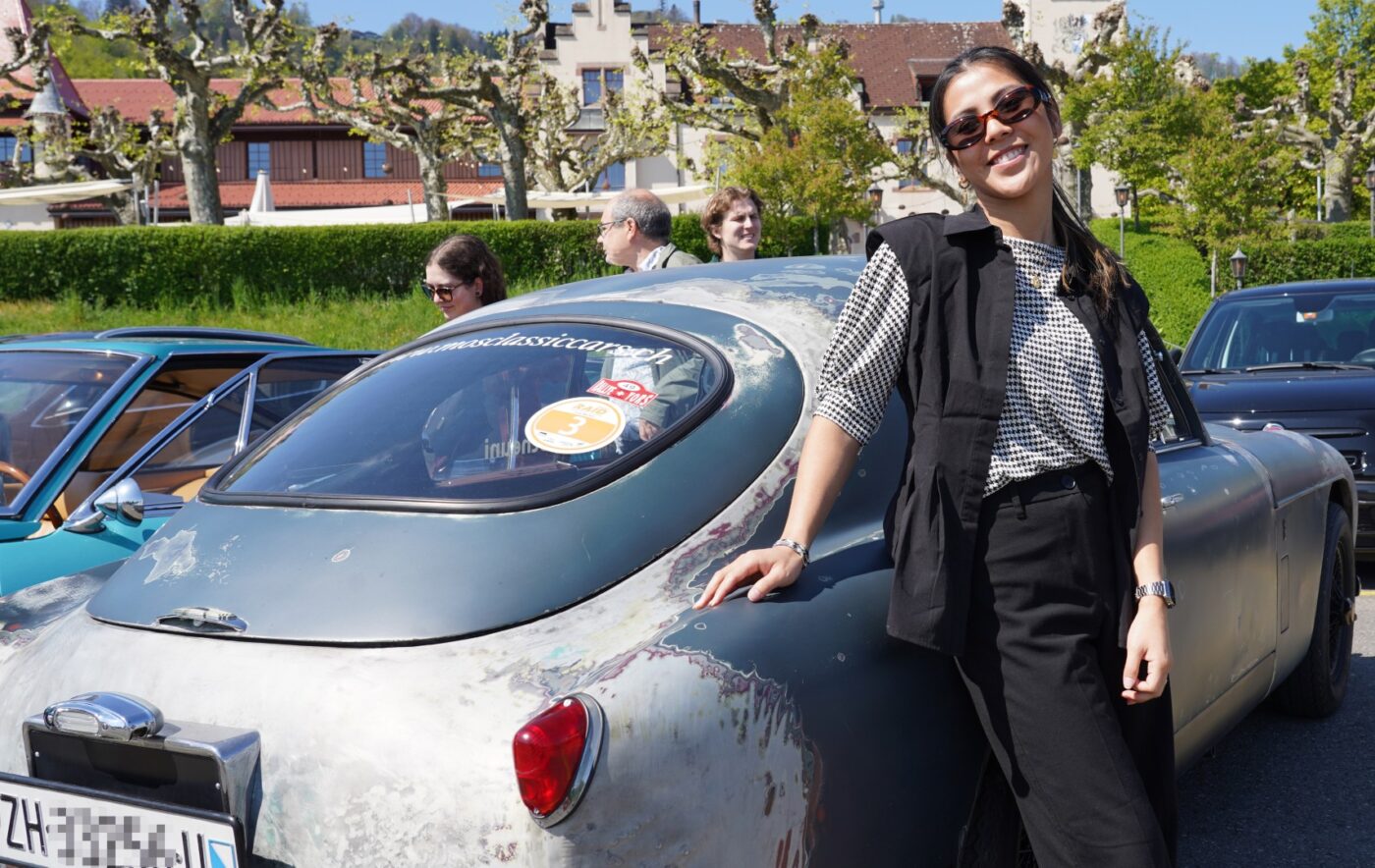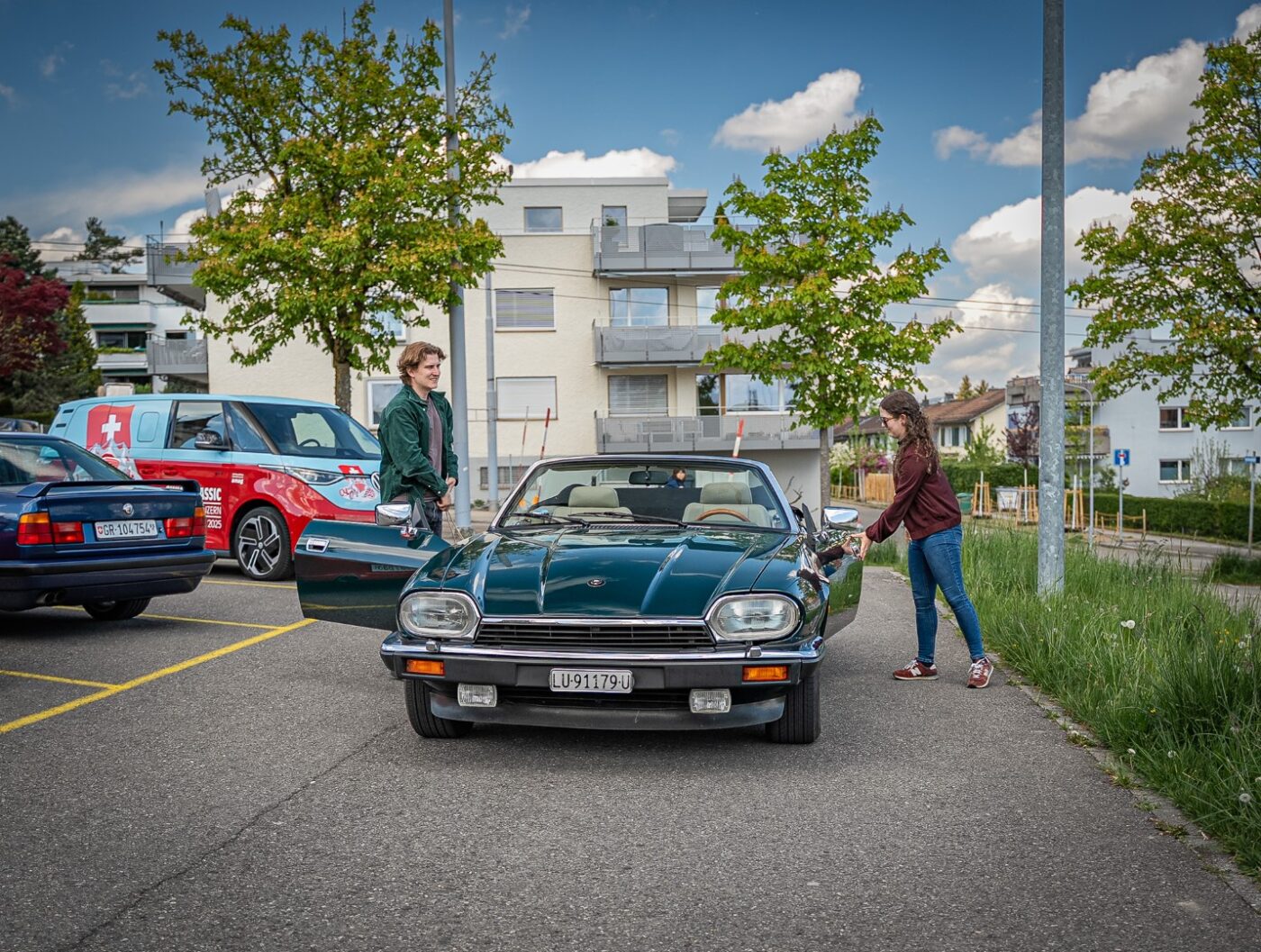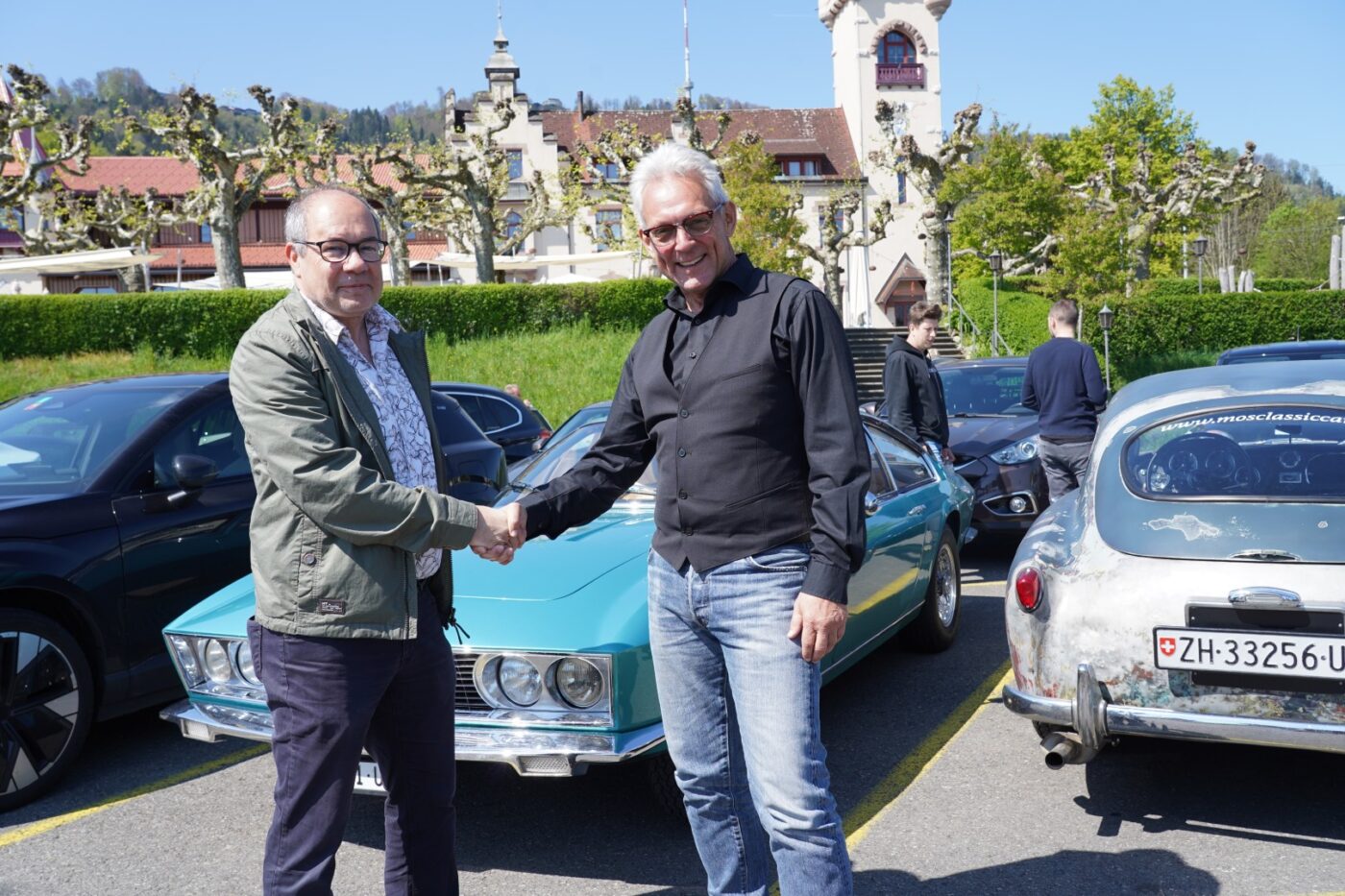Maybach: The honeymoon - restaged
In October 1925, the wedding couple Schmid undertook a long journey across the Alps in a Maybach Type 22. 100 years later, a group of journalists and friends of the Maybach family have recreated the round trip - in modern Maybach models, accompanied by three witnesses of times gone by.
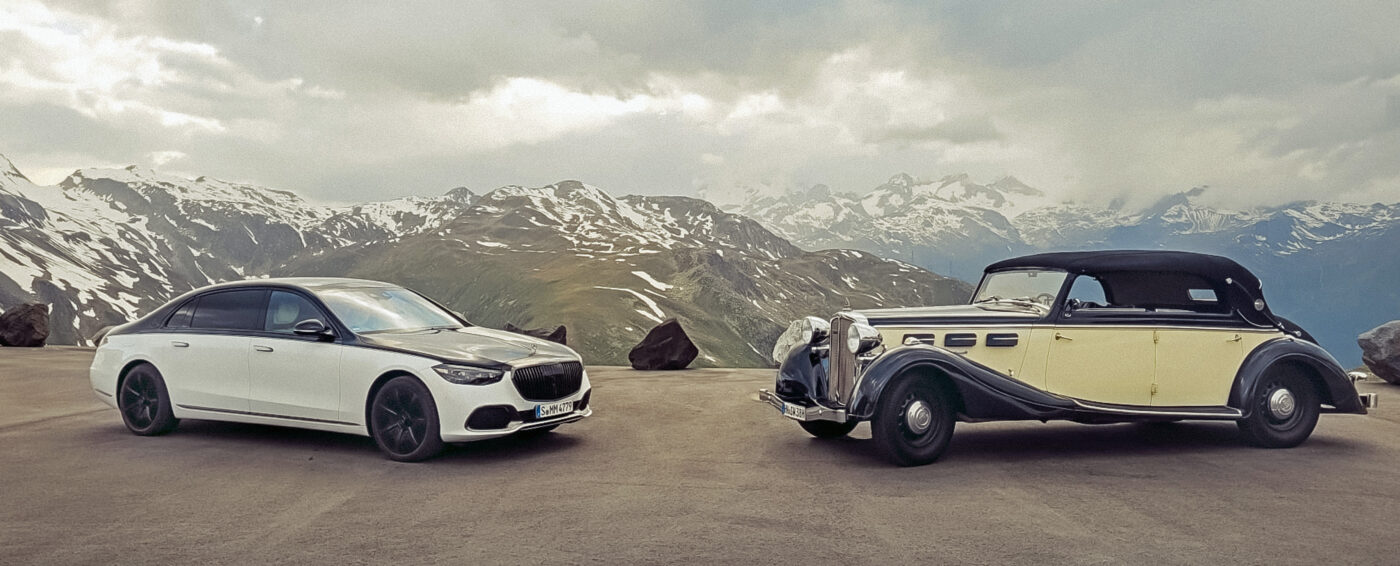
Even at the beginning of the 20th century, a trip across the Alps was a dream for many people. Karl Schmid, engineer and sales manager at Maybach-Motorenbau GmbH, and his newlywed wife ventured on this journey in October 1925 - in a Maybach car. In ten days, the Schmids covered around 2200 kilometers on their journey from Friedrichshafen (D) through the Black Forest, western Switzerland, over several Swiss Alpine passes and finally the Stelvio Pass to Merano (I) and back to their starting point. A well-preserved travel diary and a photo album document this in detail.
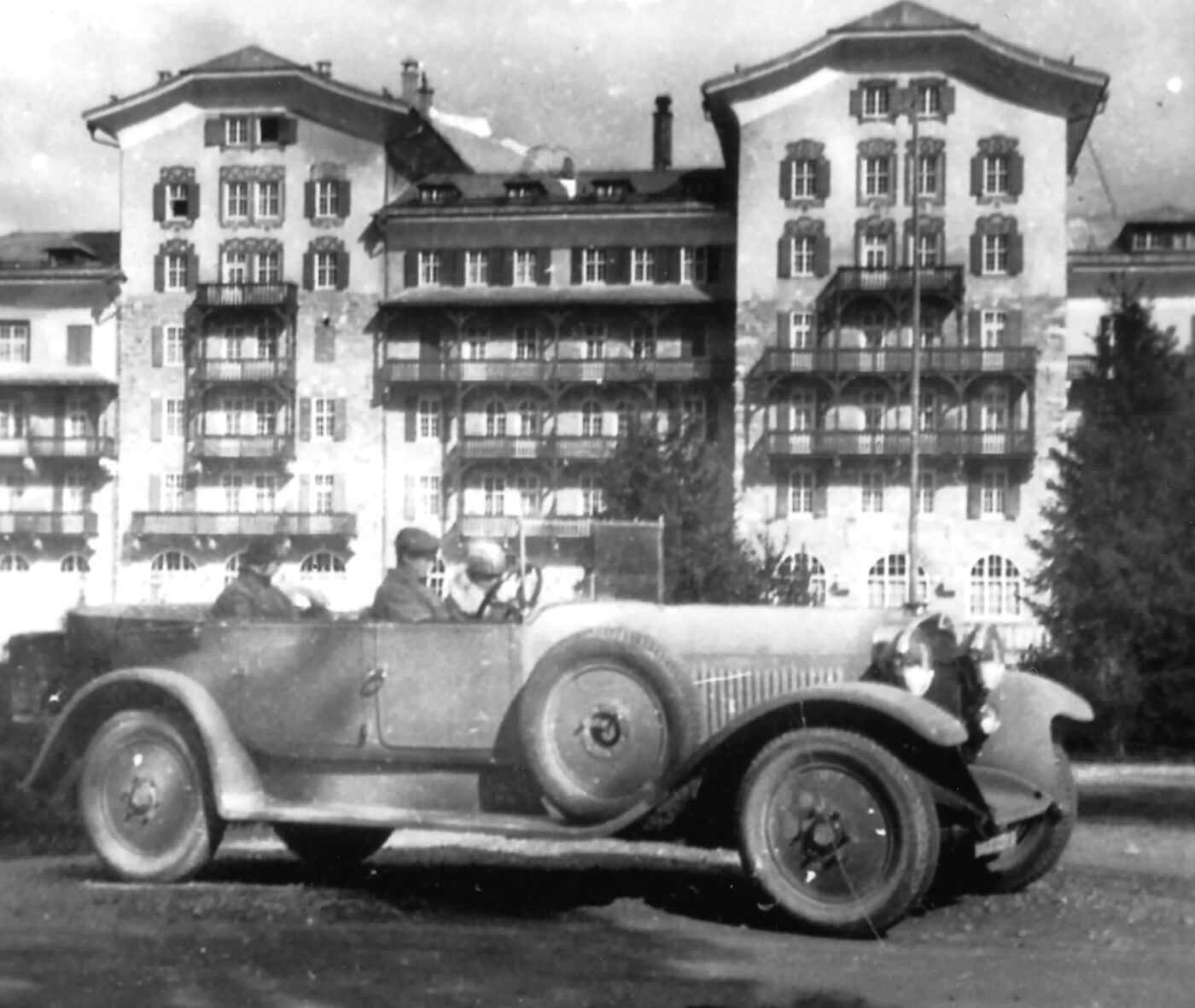
The automobile partner of the honeymoon couple from the Roaring Twenties was the Maybach Type 22 W3, as it was built between 1921 and 1928. Under the bodywork was an in-line six-cylinder engine with 70 hp and a displacement of 5.7 liters - enough to hold its own in the thin Alpine air. A highlight of the 1925 Alpine tour was the visit of the dogs named after the pass on the Great St. Bernard. Naturally, this meeting could not be missed at the revival event. The remake: well-behaved St. Bernard dogs pose in front of the still half-frozen lake and the overwhelming backdrop of Alpine peaks.
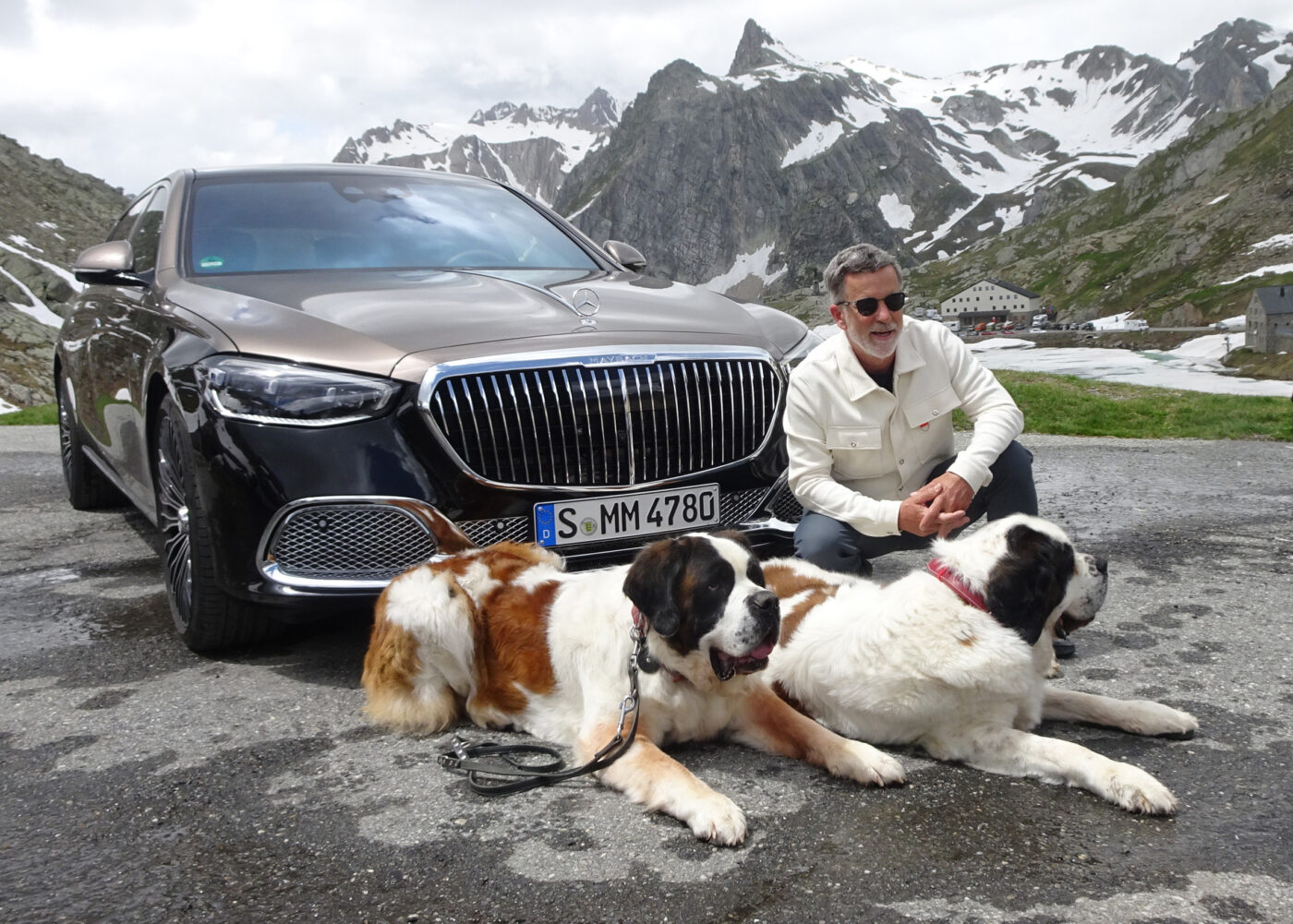
Years 1936 to 2025
The fleet of accompanying modern Maybach models included two of the recently launched SL 680 Monogram Series, two S-Classes and the GLS 600 and EQS 680 SUV models. Due to their age, the classic Maybach models SW38, a four-door convertible built in 1936 with a 140 hp 3.8-liter engine, SW 42 Standard Pullman Sedan, built in 1939/40, with a 4.2-liter six-cylinder engine and also 140 hp, and the family-owned Maybach 57, based on the Mercedes S-Class, built in 2002, with a 5.5-liter V12 and 550 hp, were on the road at "Maybach's 100 Year Honeymoon" at a much slower pace.
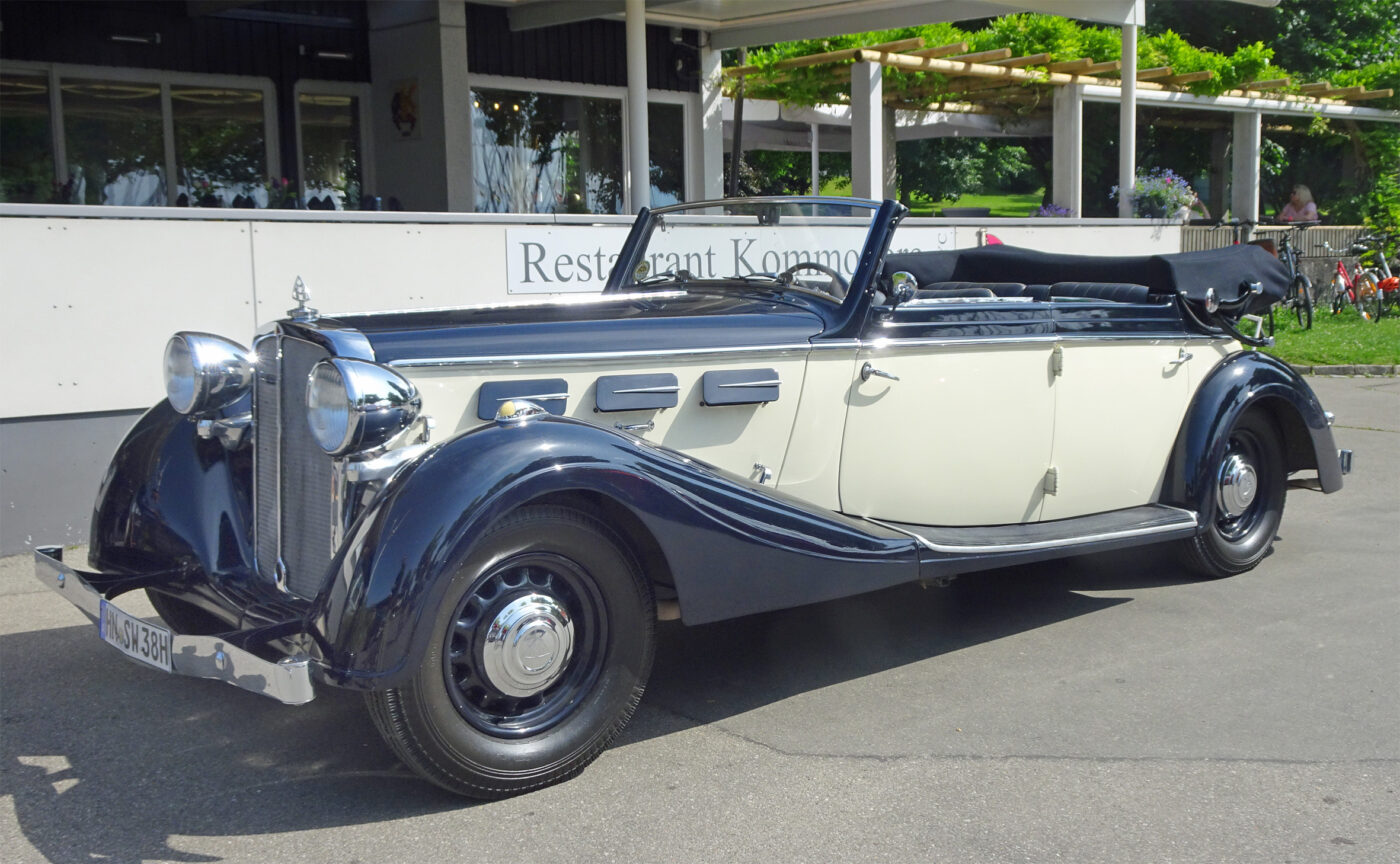
Cars, trains, ships and airships
However, the history of the Maybach brand goes back more than a hundred years. As early as 1901, Wilhelm Maybach designed a racing car that made the competition of the time look old, and from 1907 he and his son Karl developed their own engines. In the spring of 1909, a group of shareholders led by Count Ferdinand von Zeppelin founded Luftfahrzeug-Motorenbau GmbH, the predecessor company to Maybach-Motorenbau GmbH in Friedrichshafen, which was founded in June 1918. For many years, the company built engines for cars, trains, ships and airships.
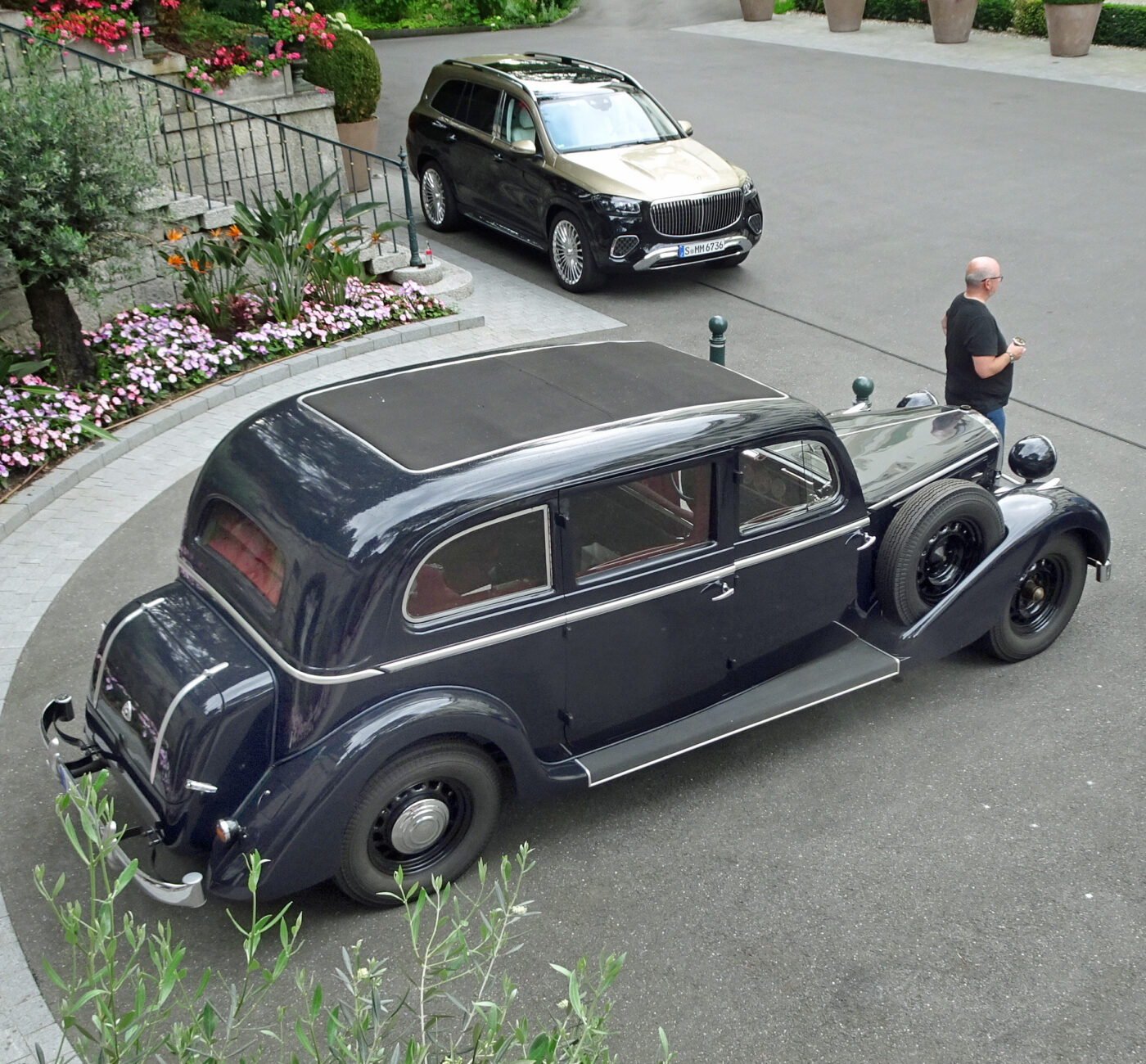
Between 1919 and 1941, around 2,300 cars were produced in Friedrichshafen, spread across nine models with outputs ranging from 36 to 200 hp, with six and twelve-cylinder engines. However, only 180 of these still exist today. None of the 1925 Bergbezwinger Type 22 W3 still exists. In 1960, Daimler-Benz AG took over the majority of Maybach-Motorenbau GmbH, which was then sold again by Daimler Chrysler AG in 2005. Maybach was also revived as an independent brand between 2002 and 2013.
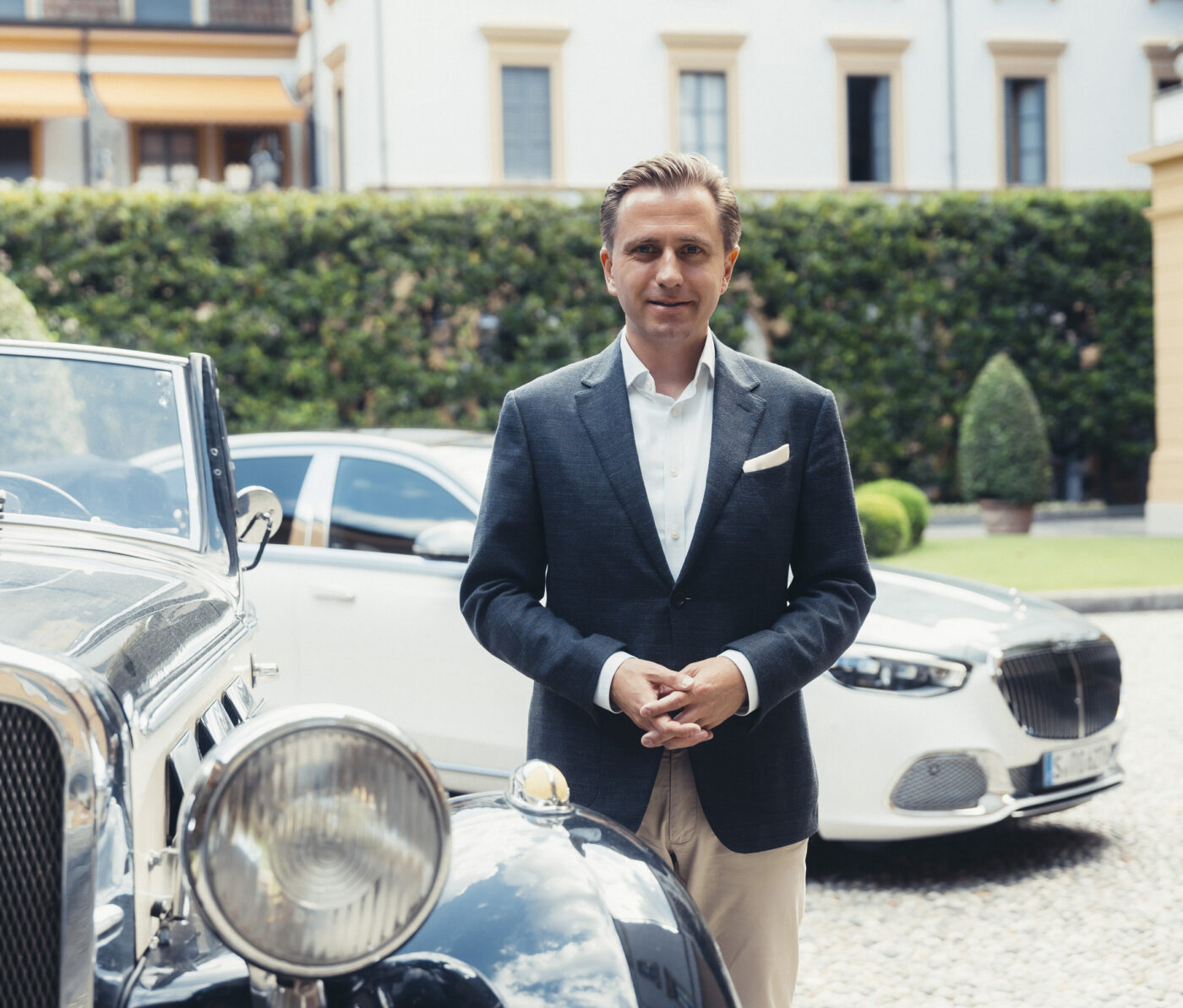
Committed to our heritage
Ulrich Schmid-Maybach, great-grandson of Wilhelm and grandson of Karl Maybach, is the fourth generation to stand for the values of the family business. In 2005, he called the Maybach Foundation into being. This foundation is active in the areas of society, ethics, science, technology, art and sustainability and also supports the next generation of the Wilhelm Maybach School in Heilbronn, whose representatives were involved in the 100-year crossing of the Alps in the Maybach SW 38. "The crossing of the Alps, which we reconstructed from the travel diary and photographs from 1925, underlines the pioneering spirit that shaped my family and the Maybach brand," commented Schmid-Maybach during the trip.
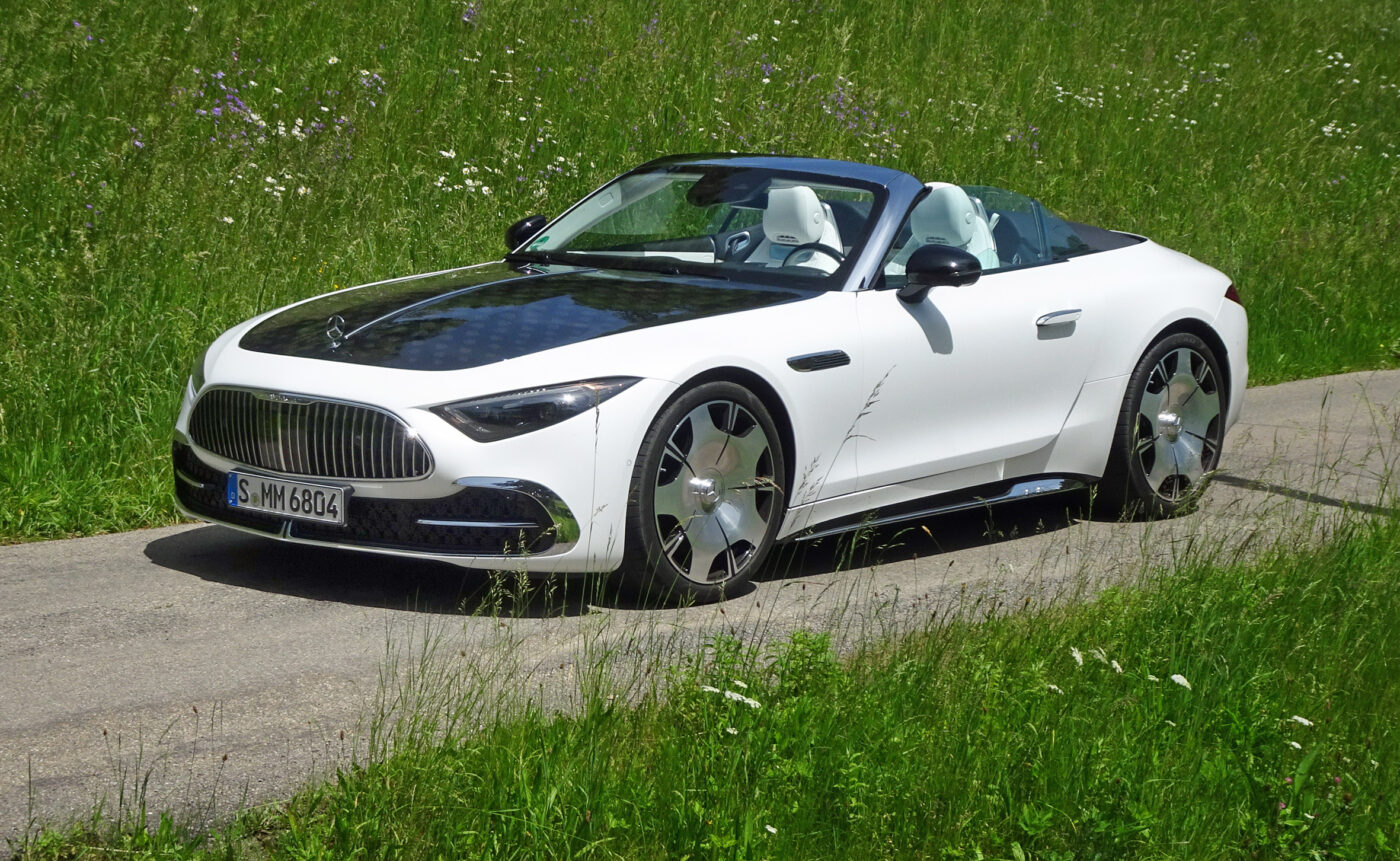
Also significant for the Maybach heritage is the Museum for historic Maybach vehicles in Neumarkt in der Oberpfalz, Bavaria. The family has been collecting "engineering treasures" since the 1980s. In addition to 20 historic Maybach vehicles, the museum also exhibits engines, gearboxes and axles as well as documents from the company's eventful history in elegant surroundings.













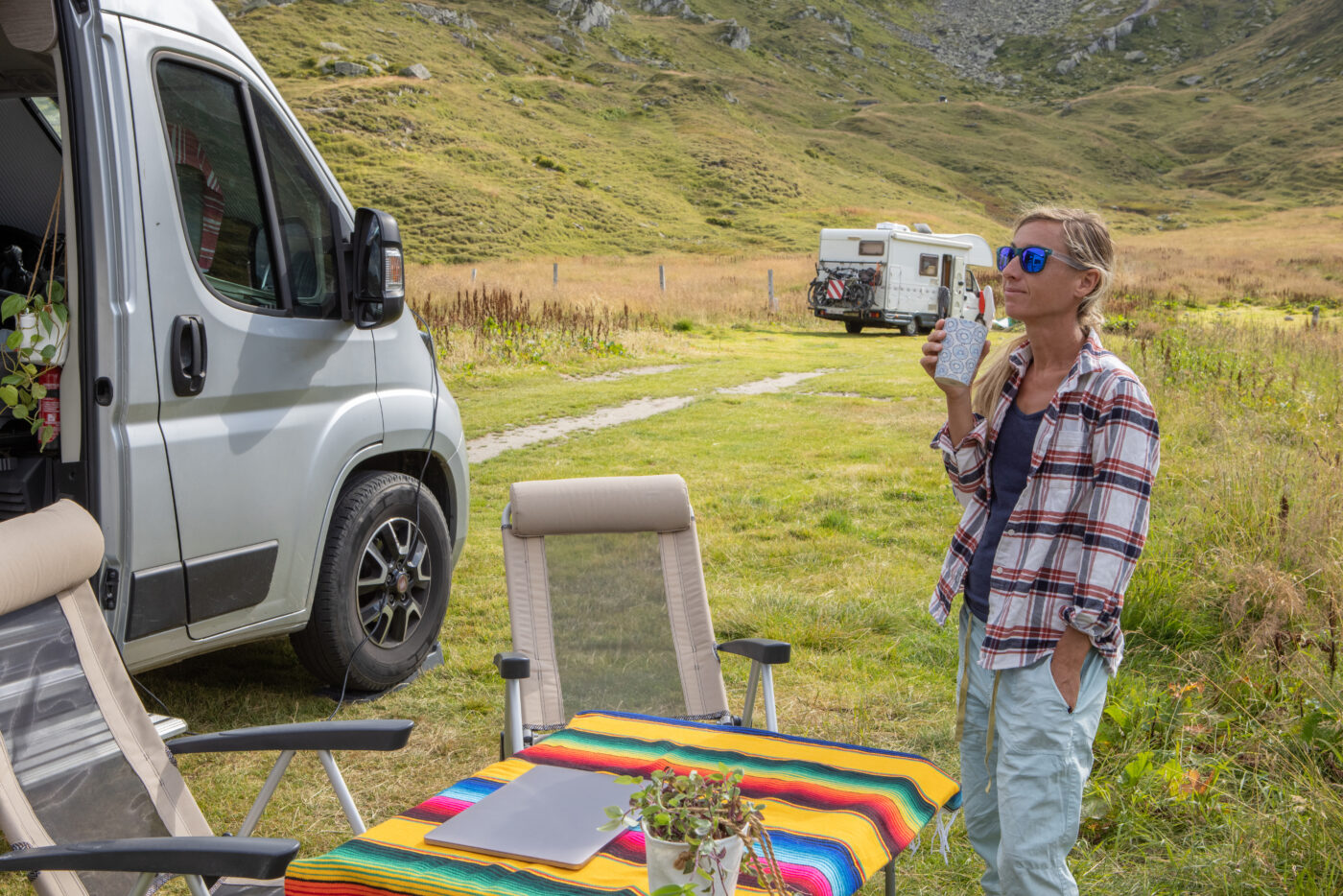
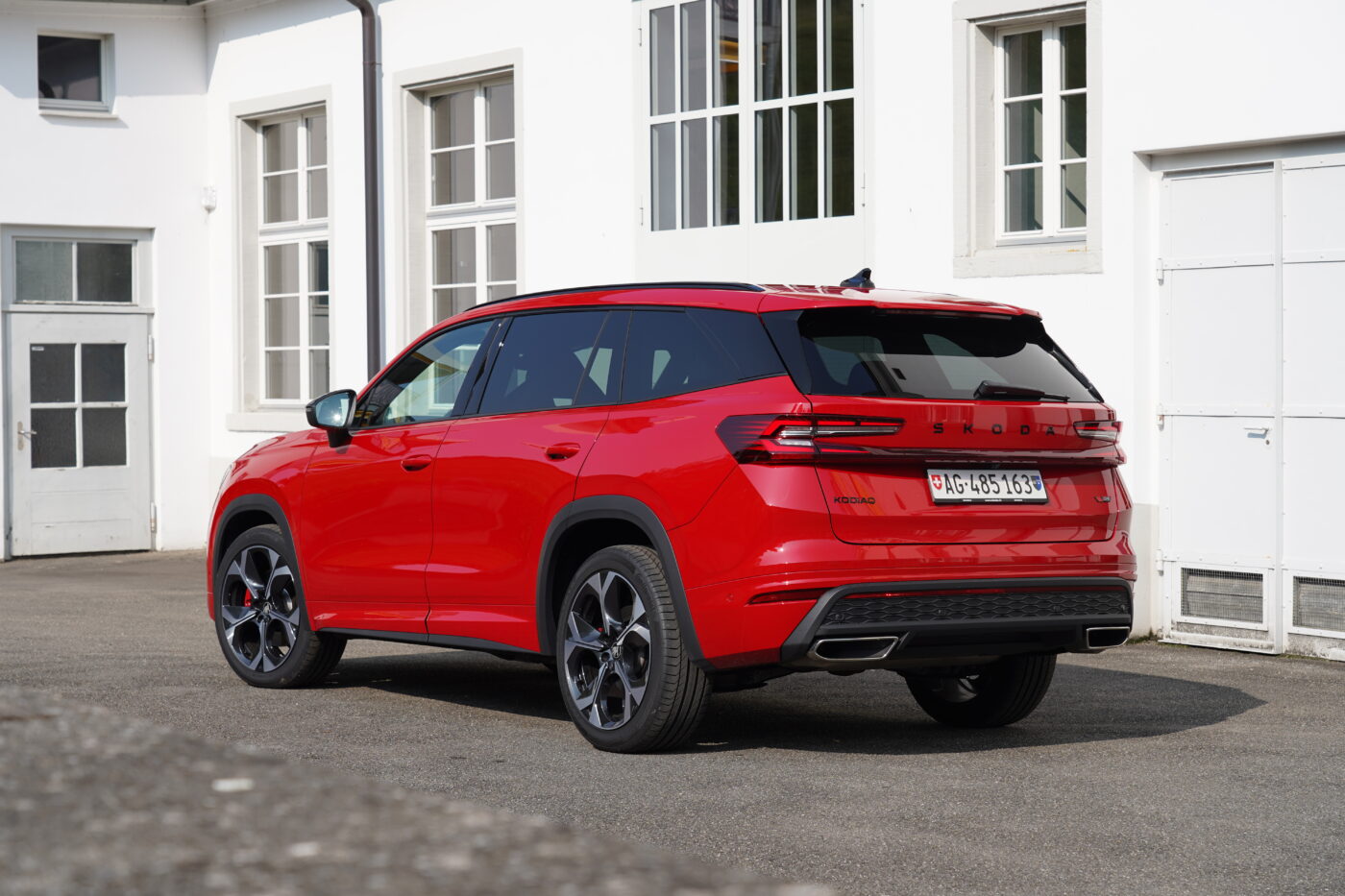
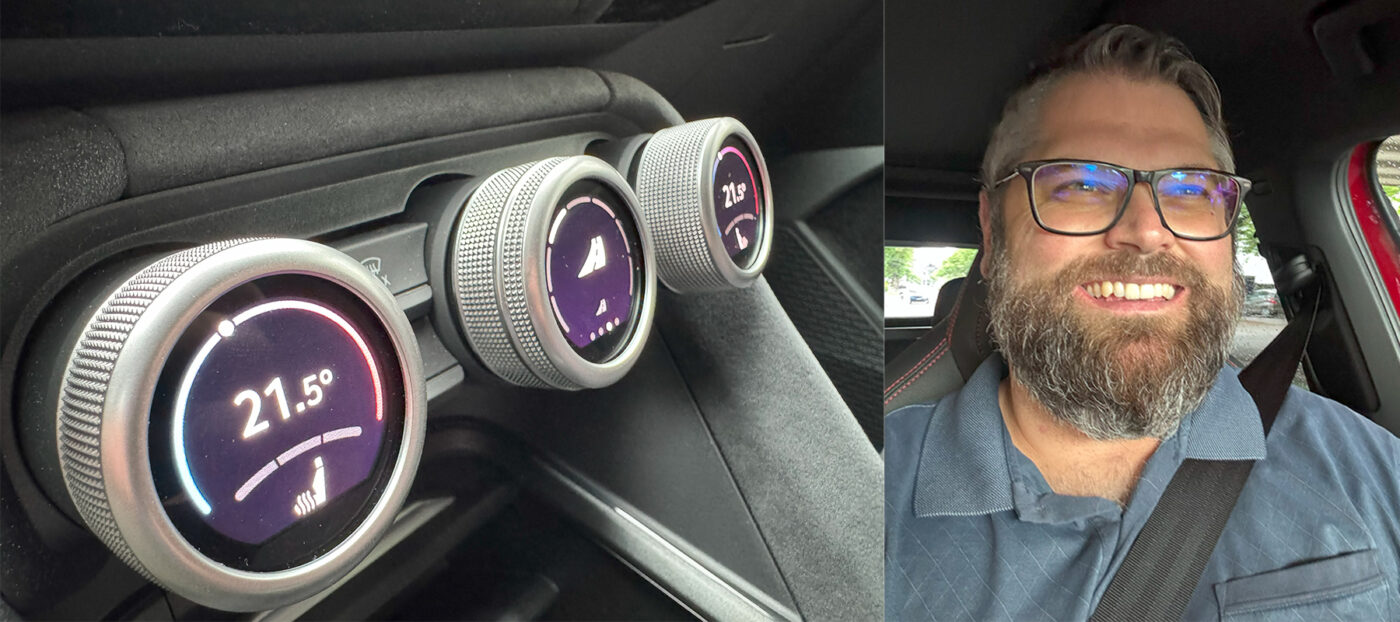
 Sport without murder meets plenty of space
Sport without murder meets plenty of space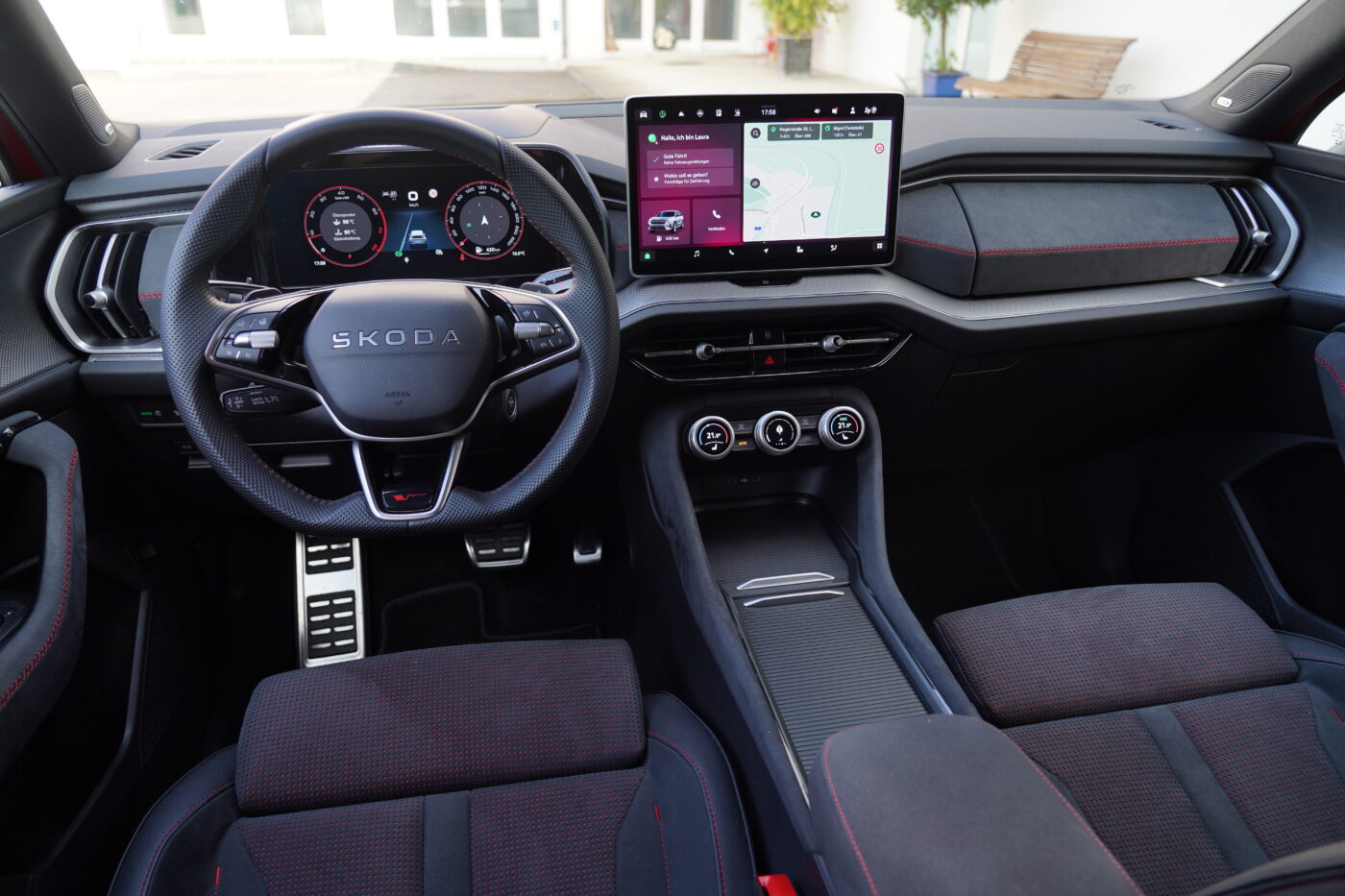 Our conclusion: The RS offers that extra bit of coolness and power that inspires - but sport without murder and style without remorse. An all-rounder for all occasions, whether office commuting or mountain passes. A few more figures? The petrol engine officially allows itself 8.3 l/100 km, although it quickly becomes more when driving at full speed. However, an average of 7.7 l/100km was enough for us in the test. And the price? It's fair for what's on offer: from 66,850, test equipment 72,470 francs. And Robert? Beaming. And dreams.
Our conclusion: The RS offers that extra bit of coolness and power that inspires - but sport without murder and style without remorse. An all-rounder for all occasions, whether office commuting or mountain passes. A few more figures? The petrol engine officially allows itself 8.3 l/100 km, although it quickly becomes more when driving at full speed. However, an average of 7.7 l/100km was enough for us in the test. And the price? It's fair for what's on offer: from 66,850, test equipment 72,470 francs. And Robert? Beaming. And dreams.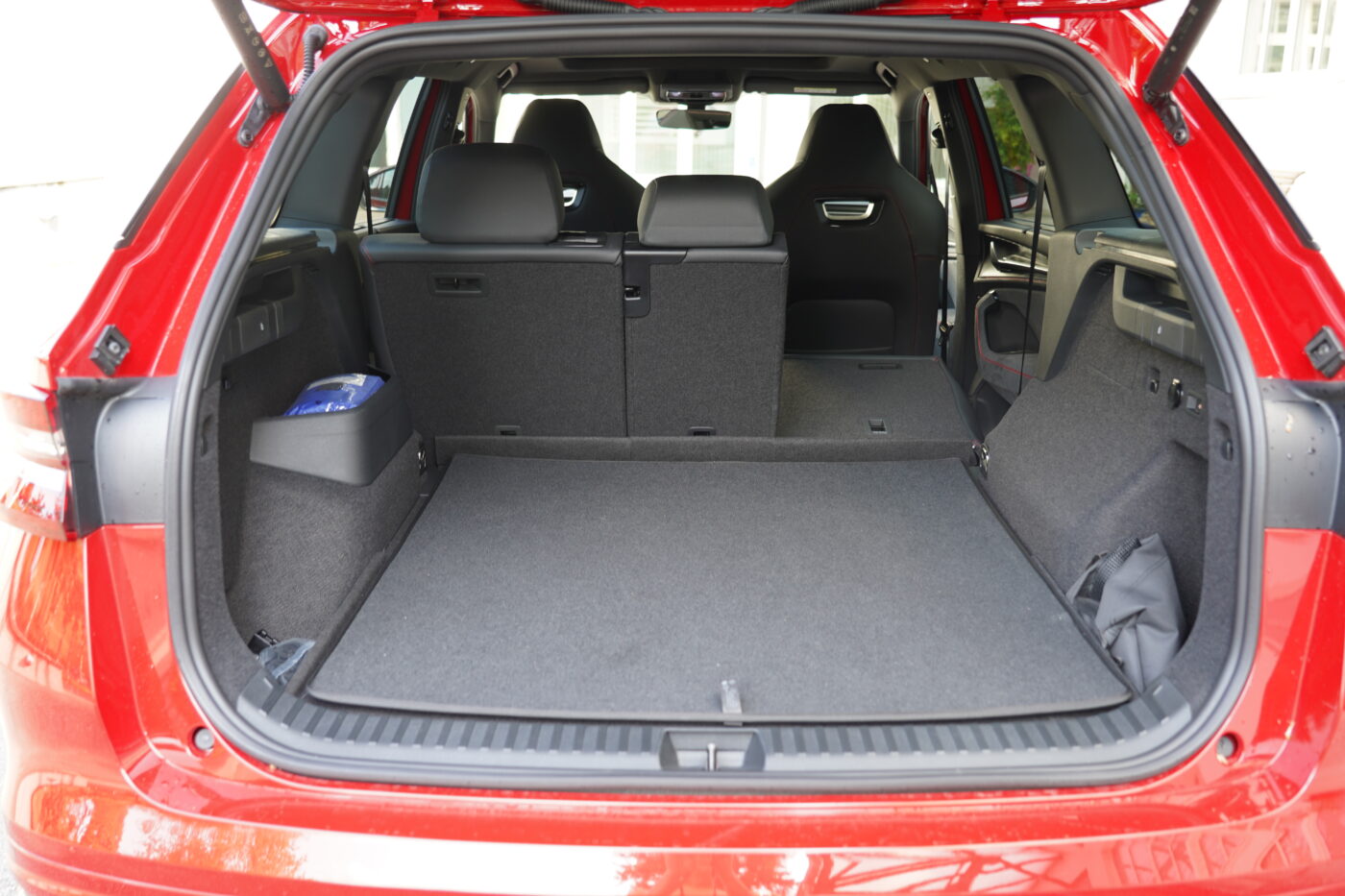
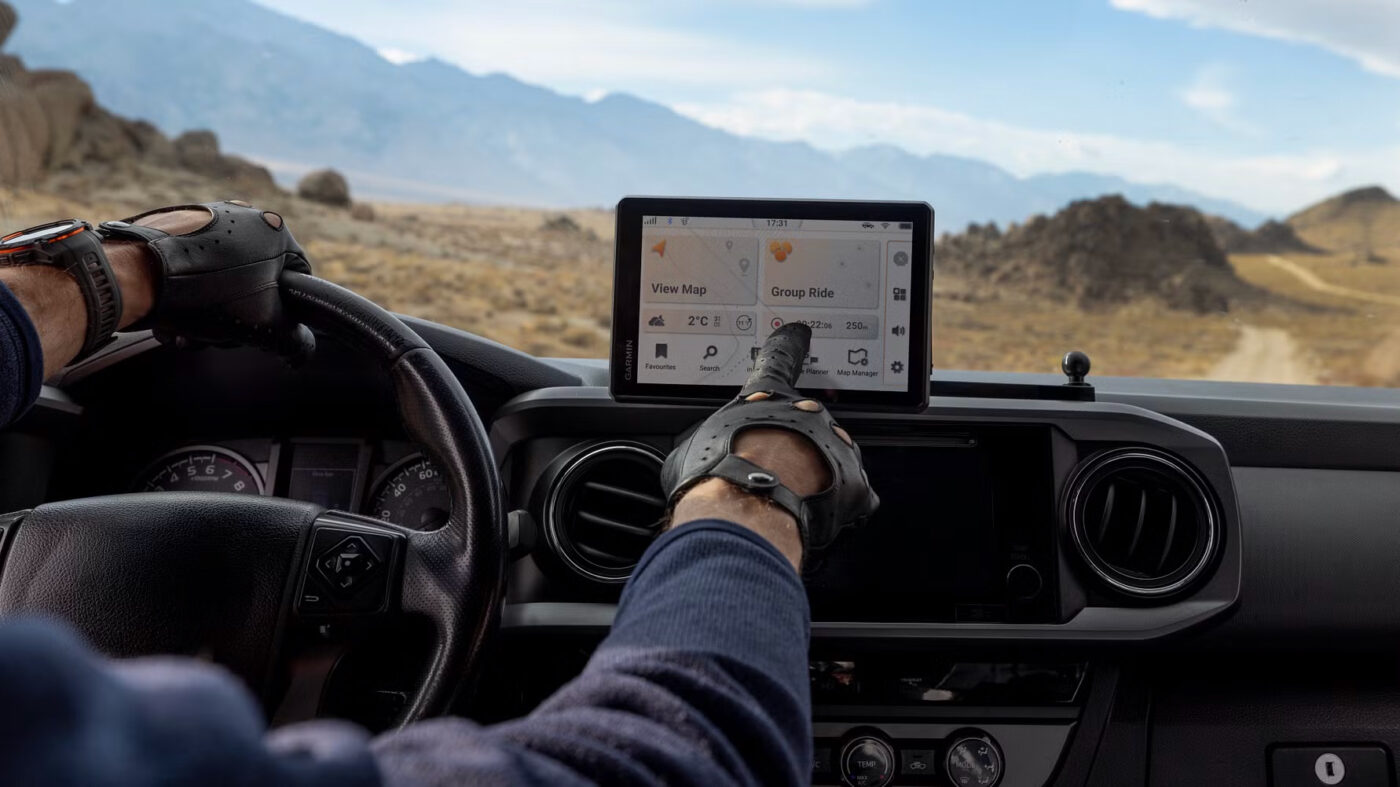 Tread 2 - Overland Edition
Tread 2 - Overland Edition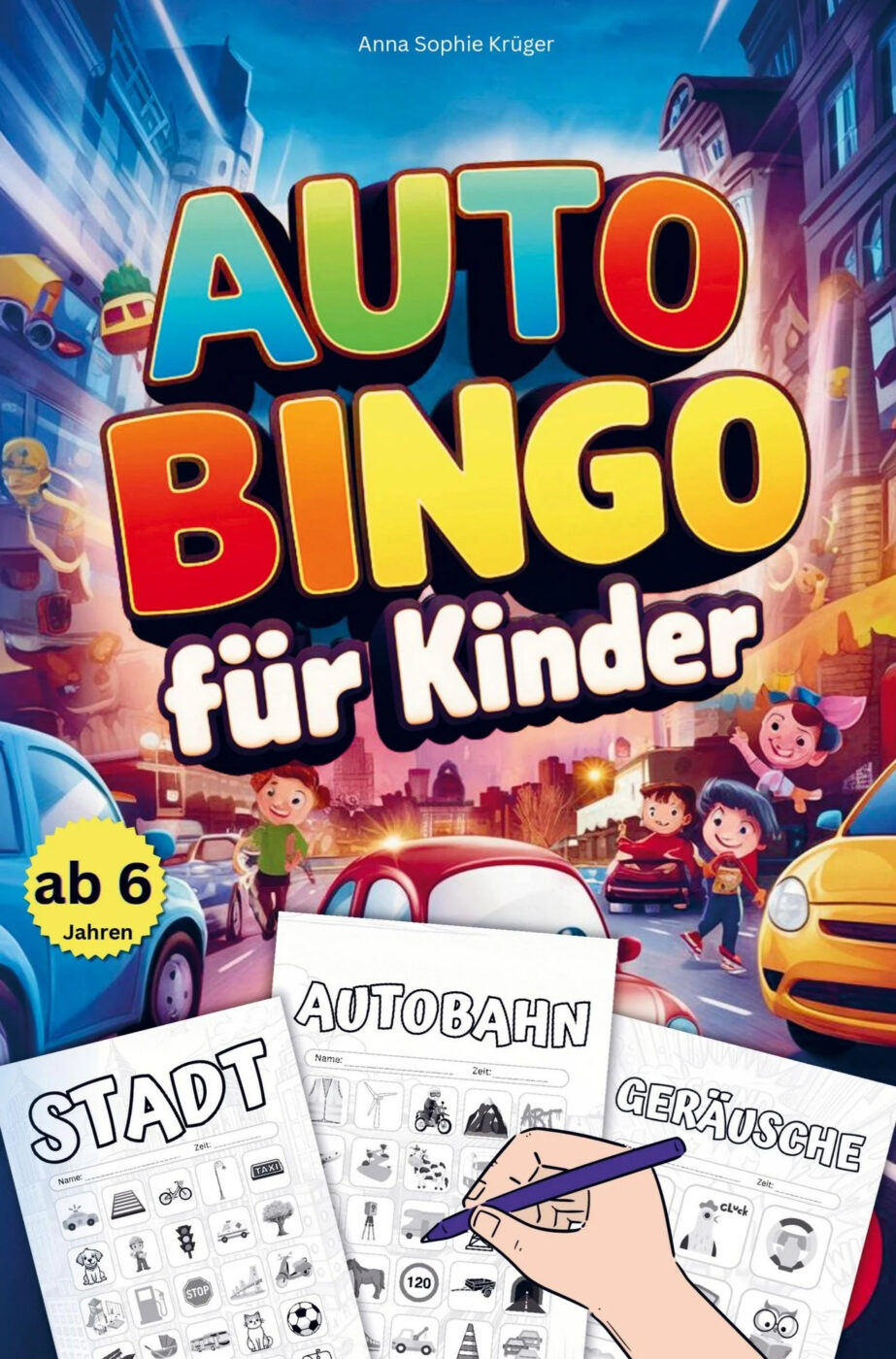
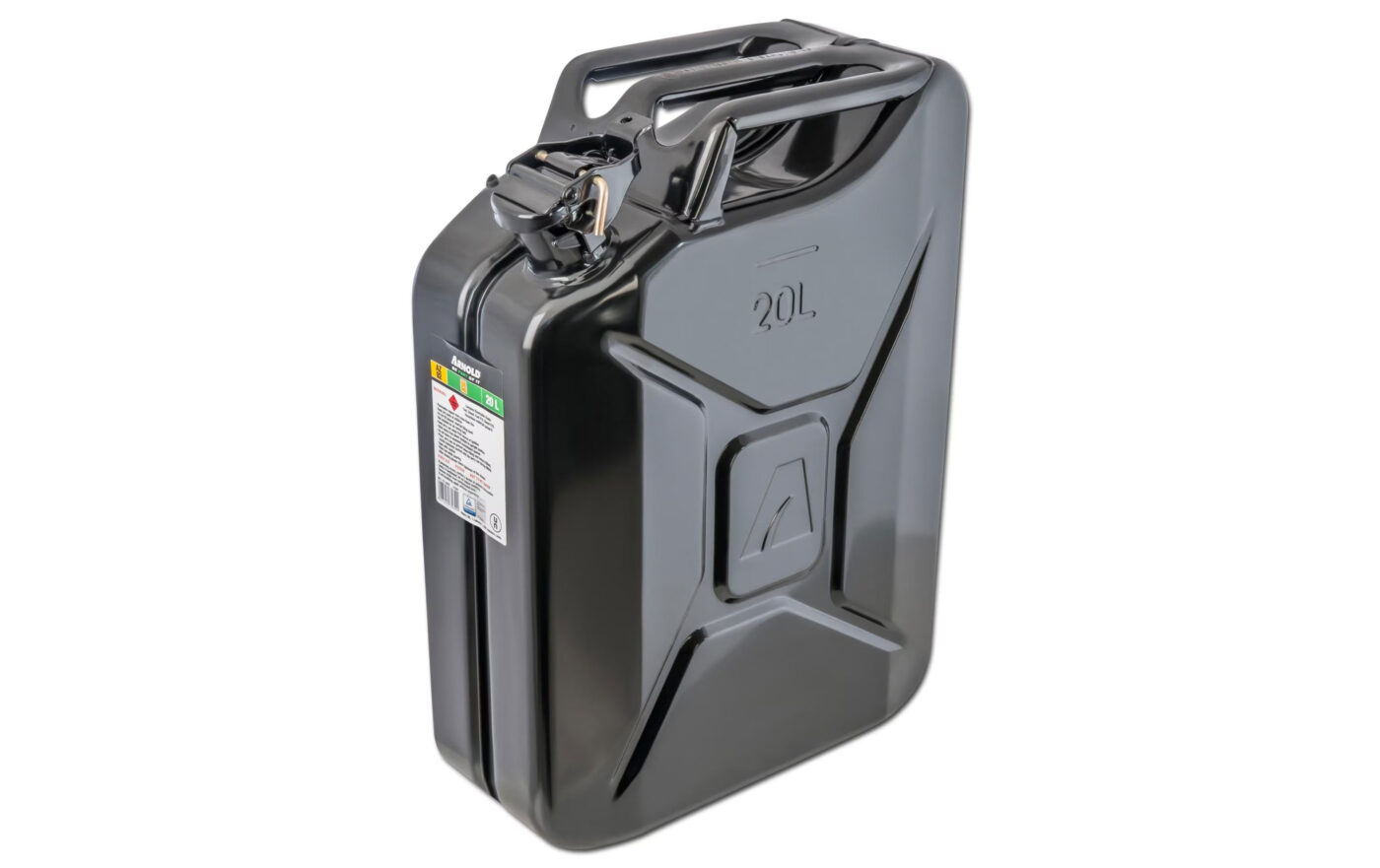 Metal petrol can
Metal petrol can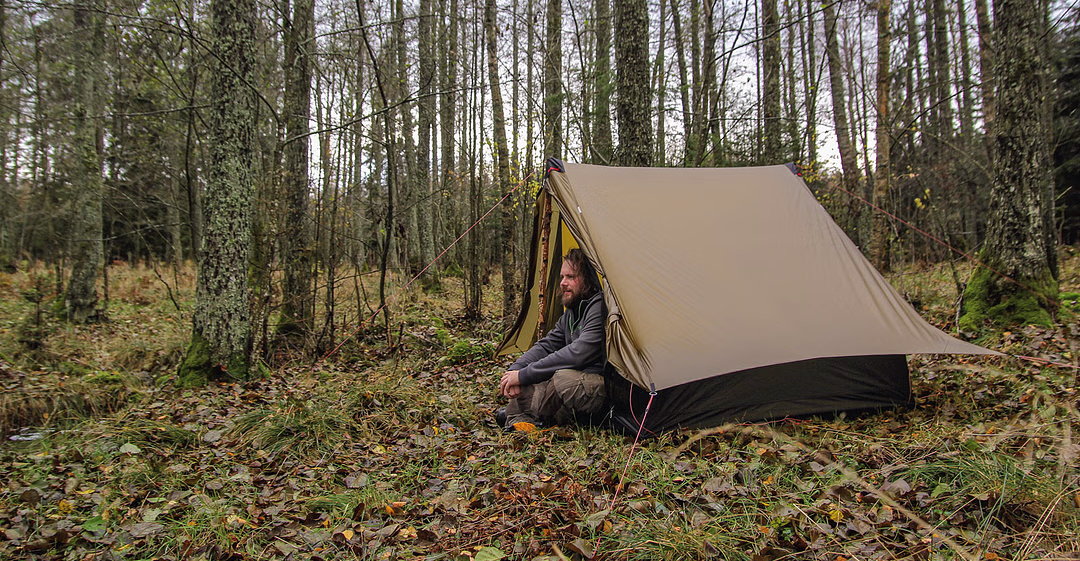
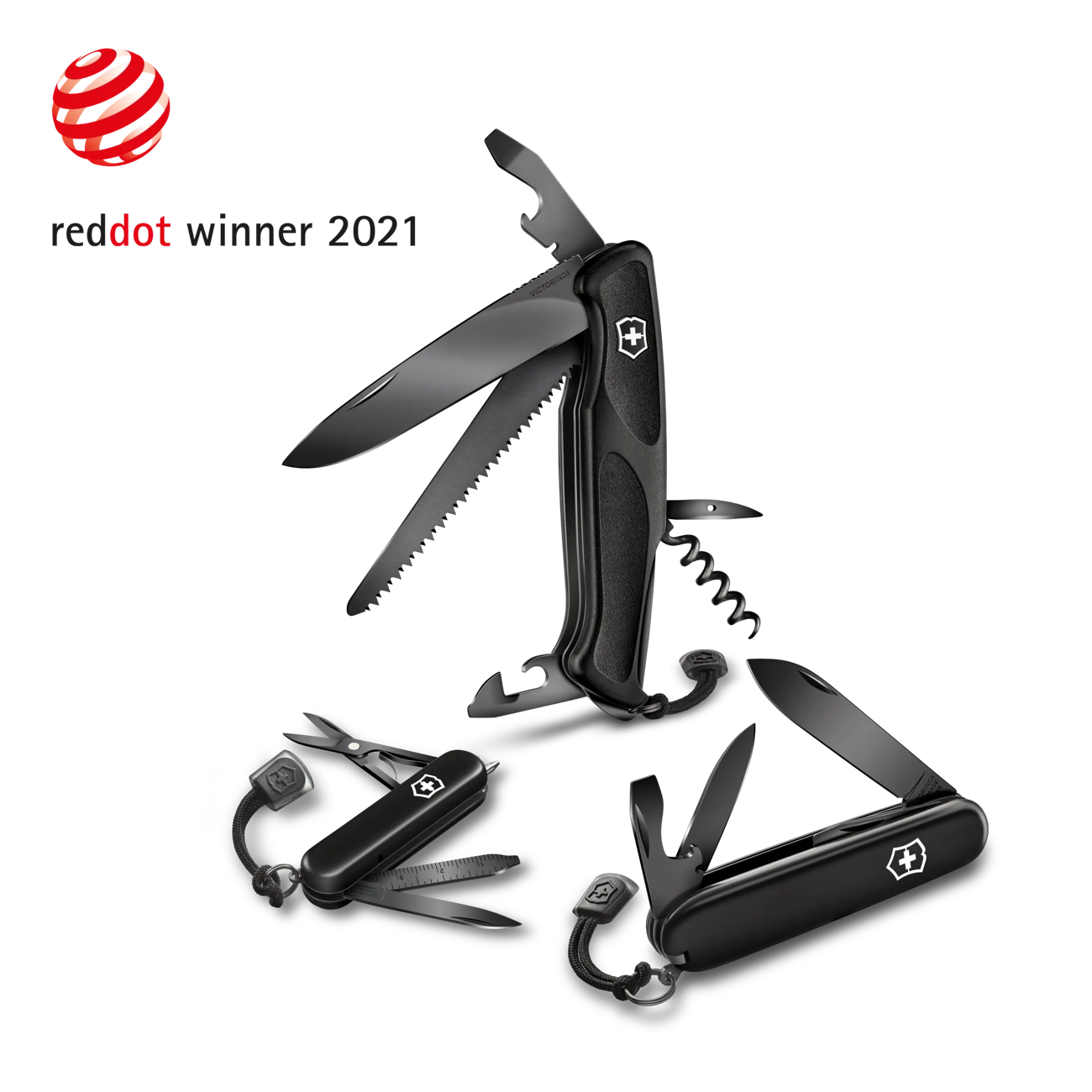
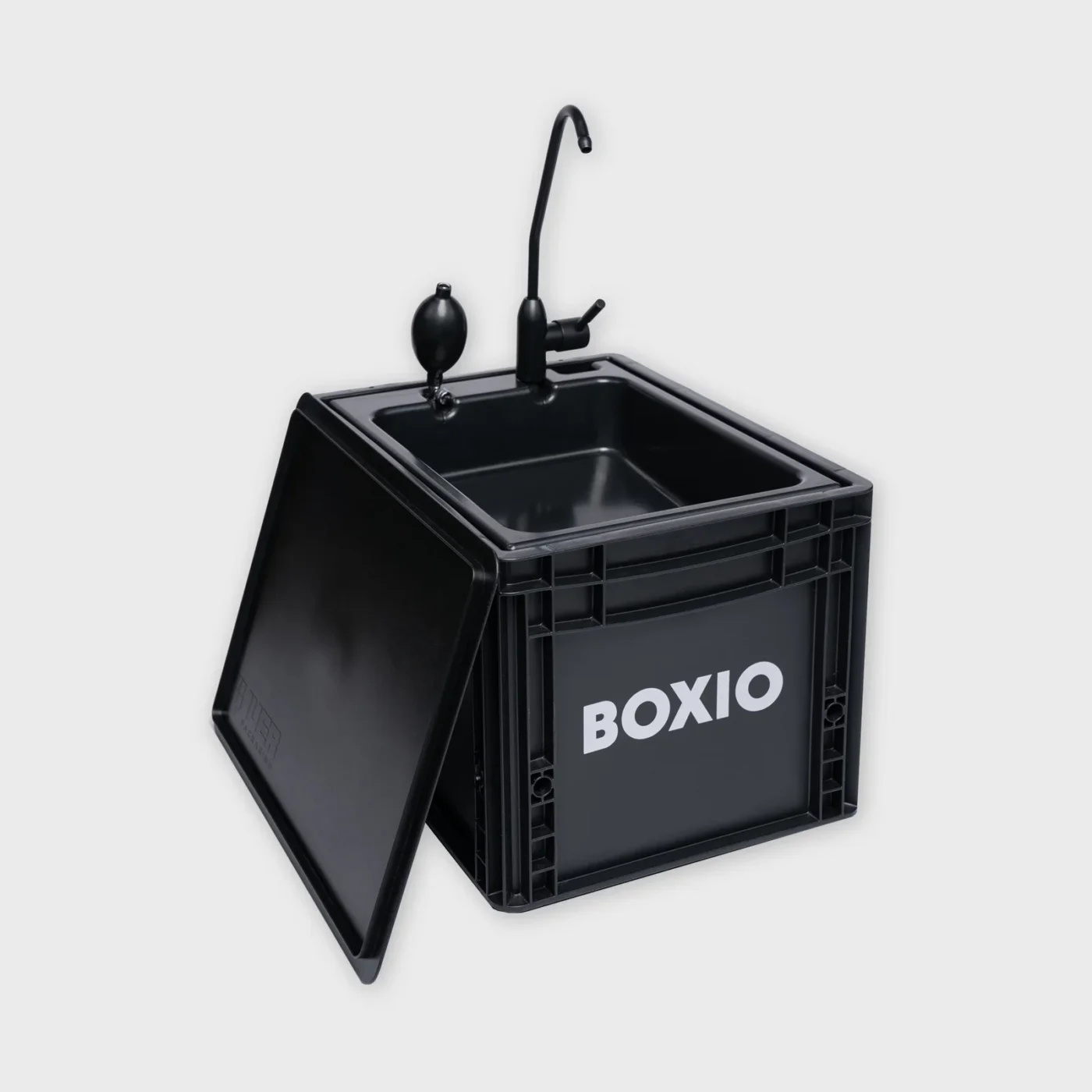 Mobile washbasin
Mobile washbasin
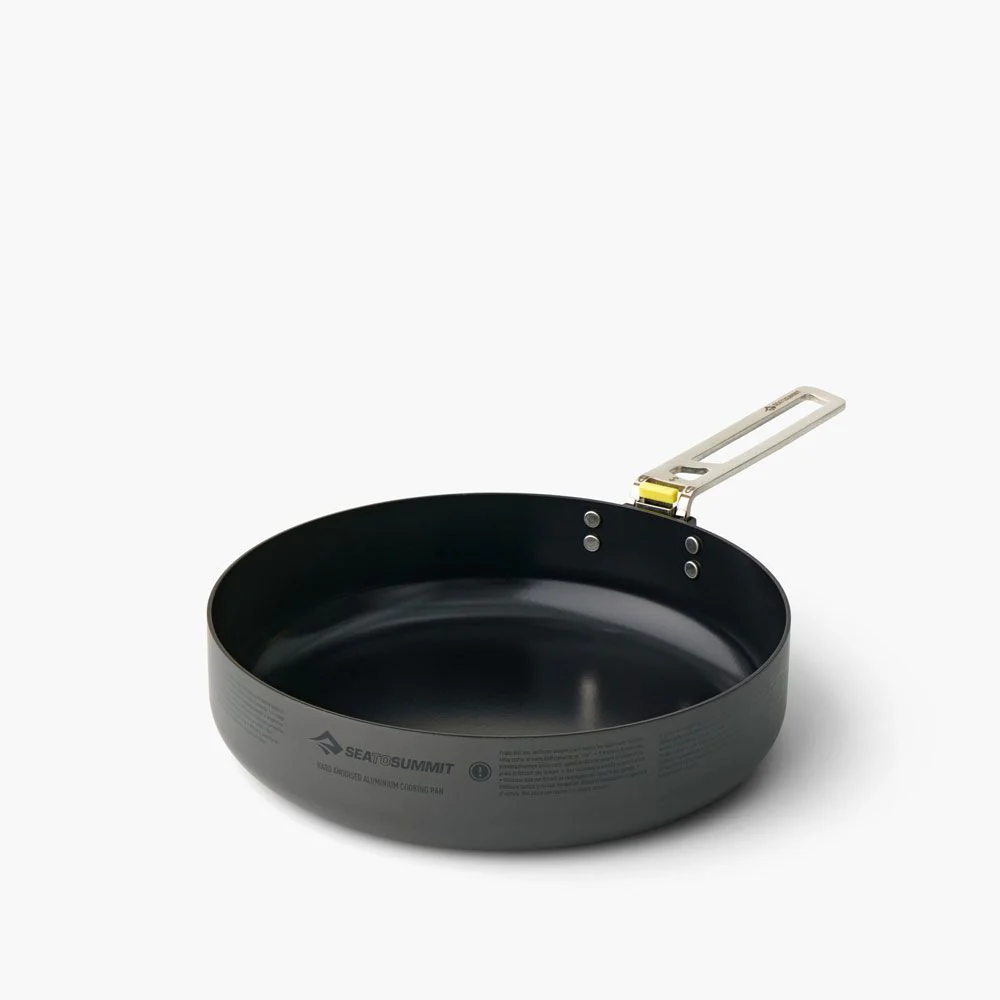
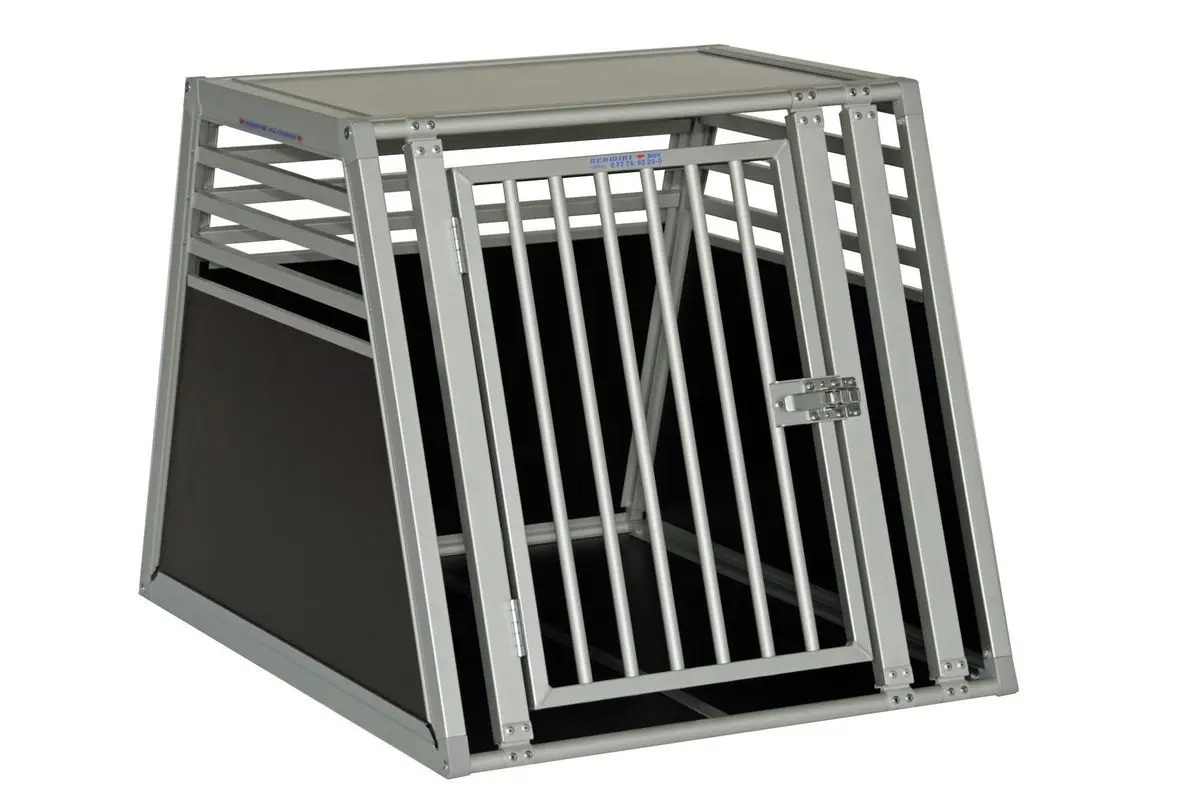
 Hard shell roof tent
Hard shell roof tent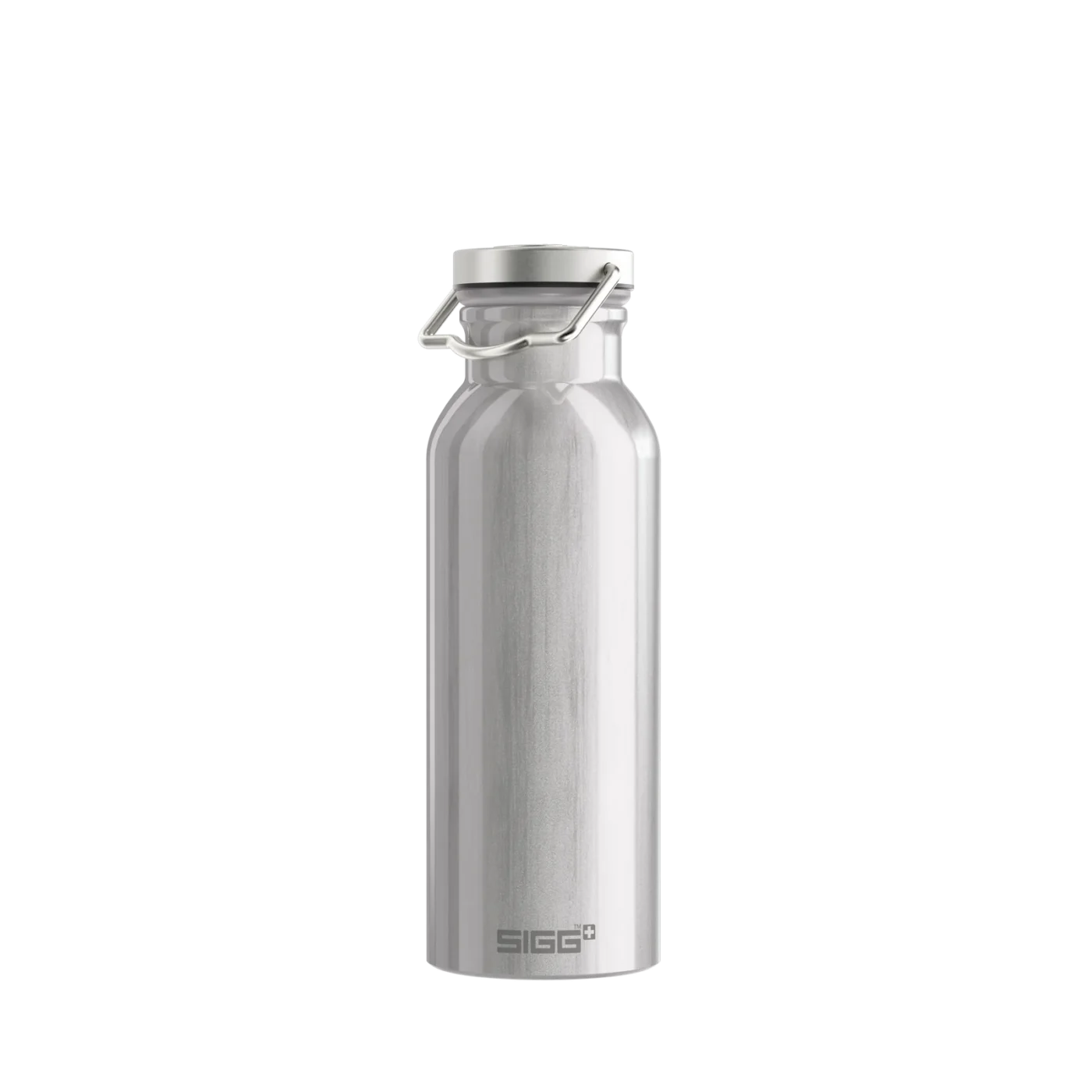 Drinking bottle Original Alu 0.5 l
Drinking bottle Original Alu 0.5 l
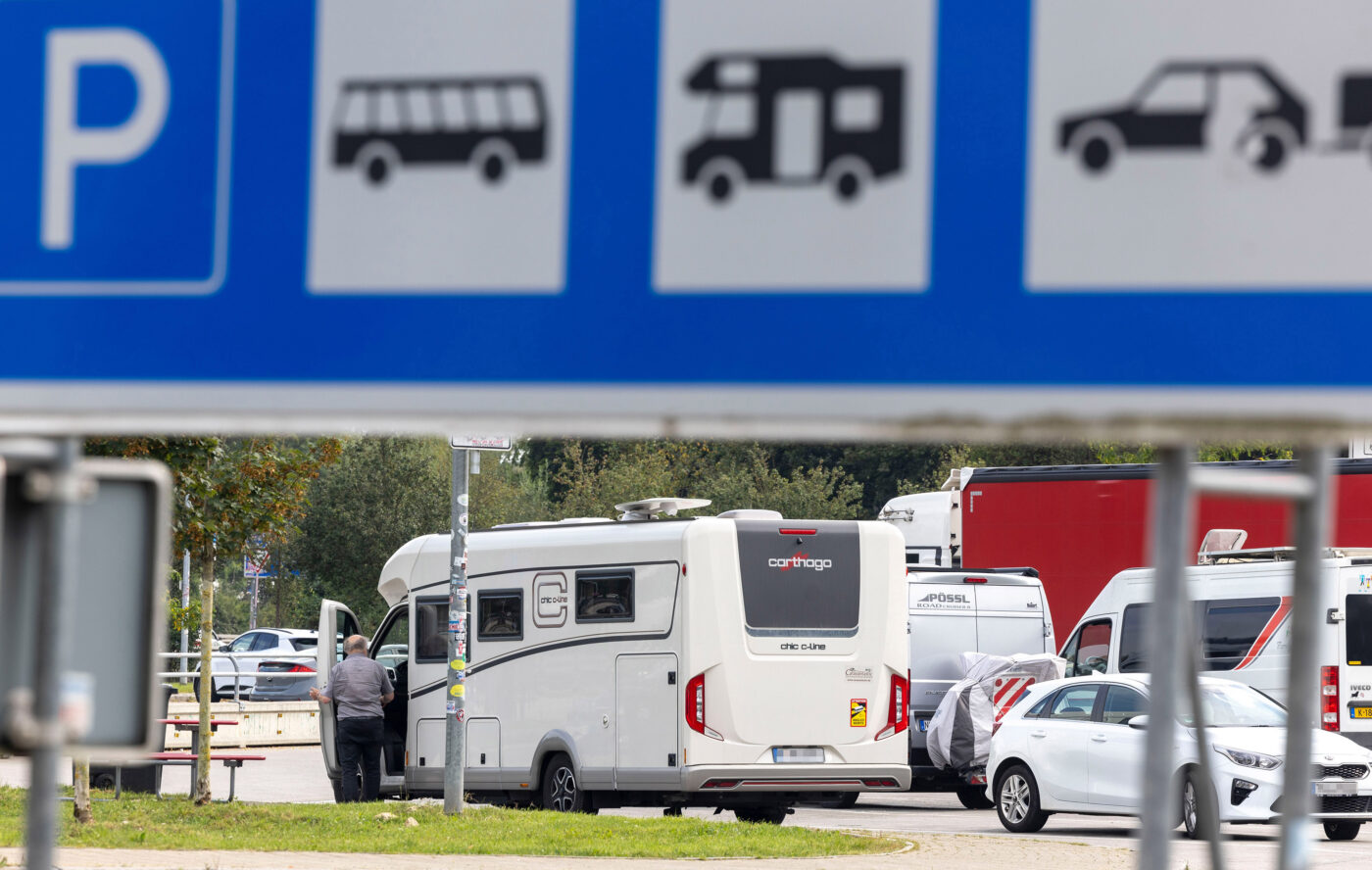


 Recommendations for a mobile future in Europe
Recommendations for a mobile future in Europe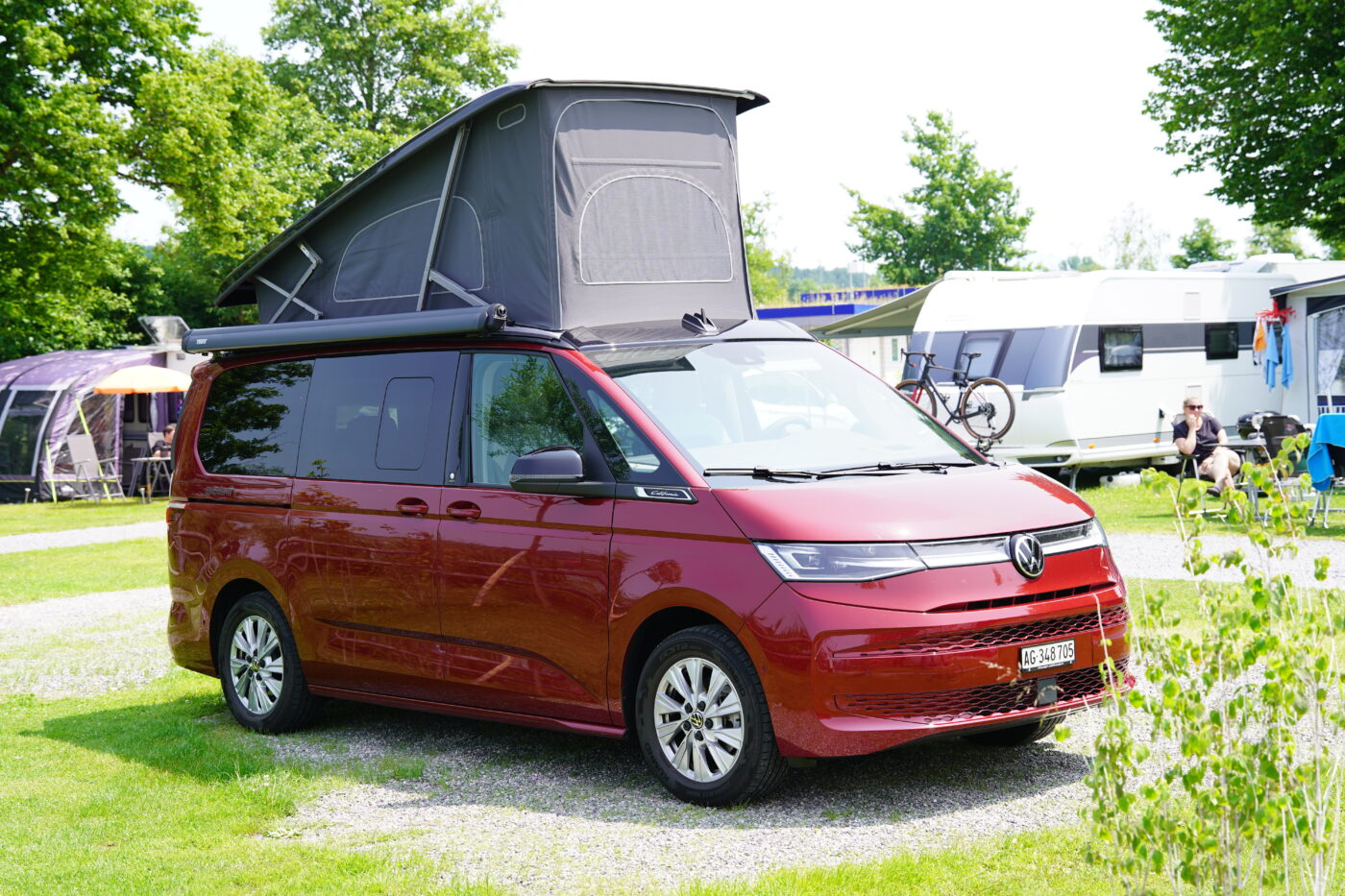

 Back to the car. The California comes with a choice of petrol or diesel engines, always combined with front-wheel drive and a convenient dual-clutch automatic transmission as standard. Our test vehicle was fitted with the tried and tested two-liter turbodiesel, which, with torques of up to 360 Nm and an output of 110 kW/150 hp, also provides propulsion in numerous other VW Group models - and, as it turned out, knows how to use fuel economically.
Back to the car. The California comes with a choice of petrol or diesel engines, always combined with front-wheel drive and a convenient dual-clutch automatic transmission as standard. Our test vehicle was fitted with the tried and tested two-liter turbodiesel, which, with torques of up to 360 Nm and an output of 110 kW/150 hp, also provides propulsion in numerous other VW Group models - and, as it turned out, knows how to use fuel economically.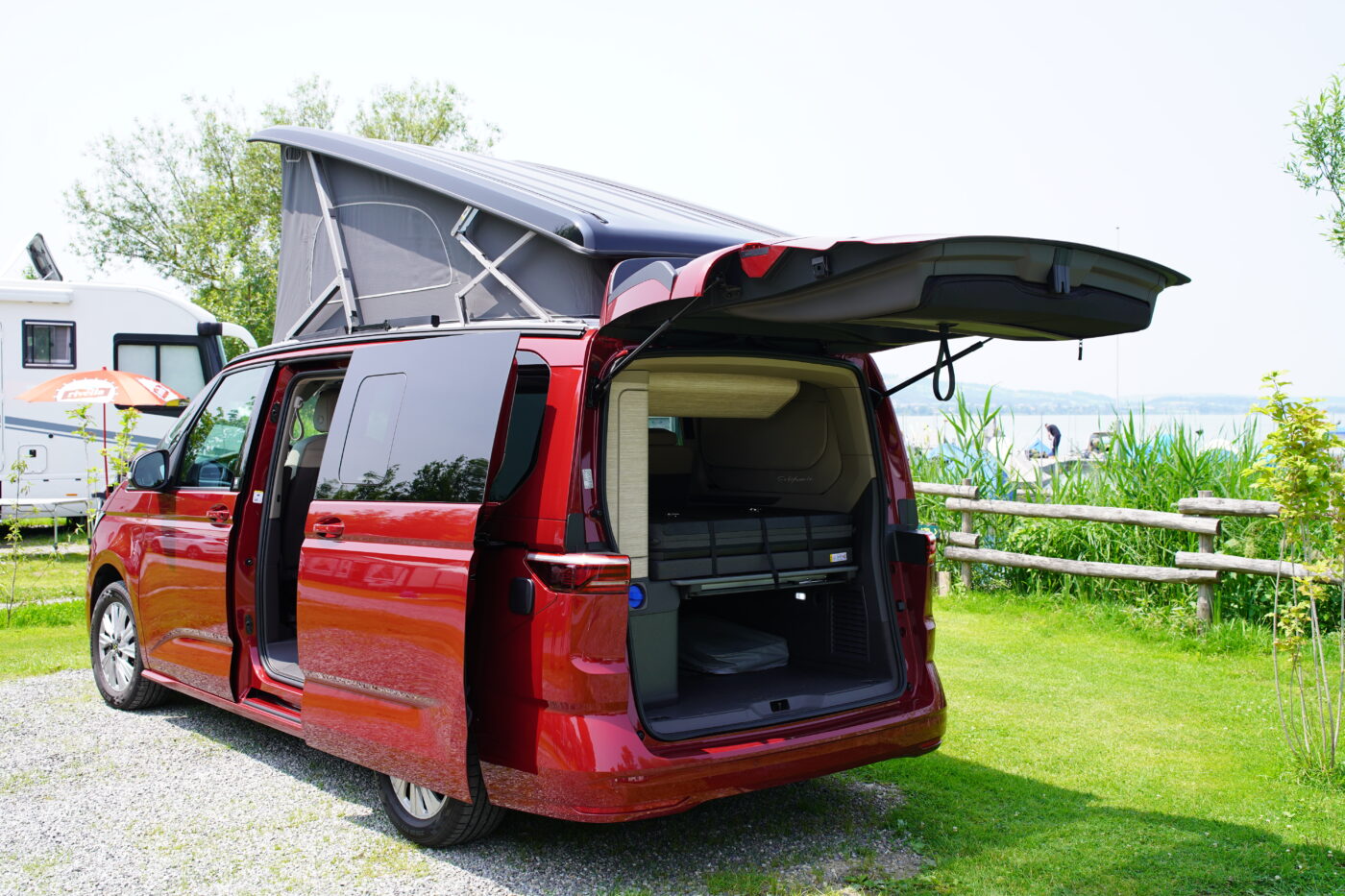 Star at Camping Sempach
Star at Camping Sempach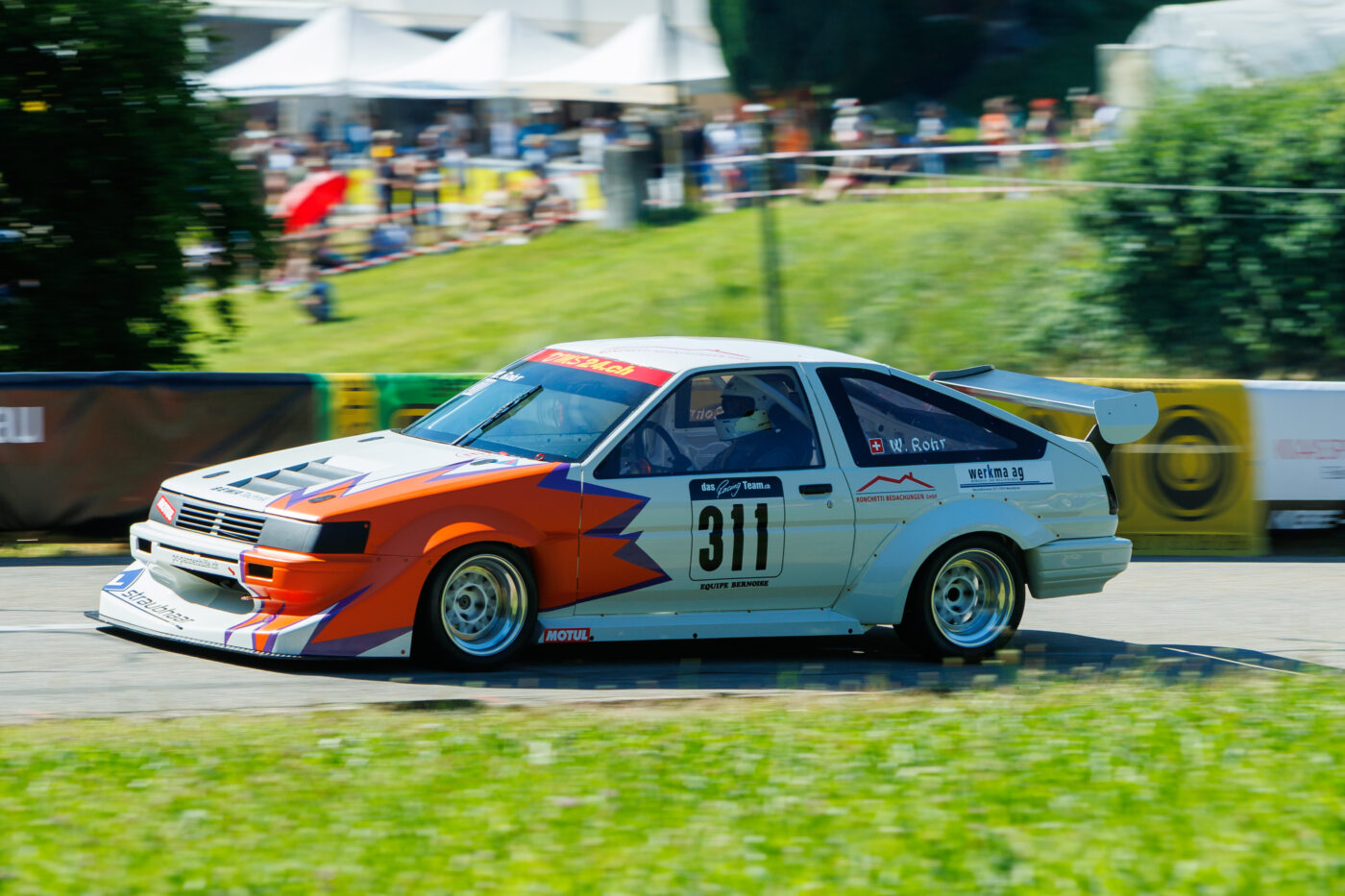
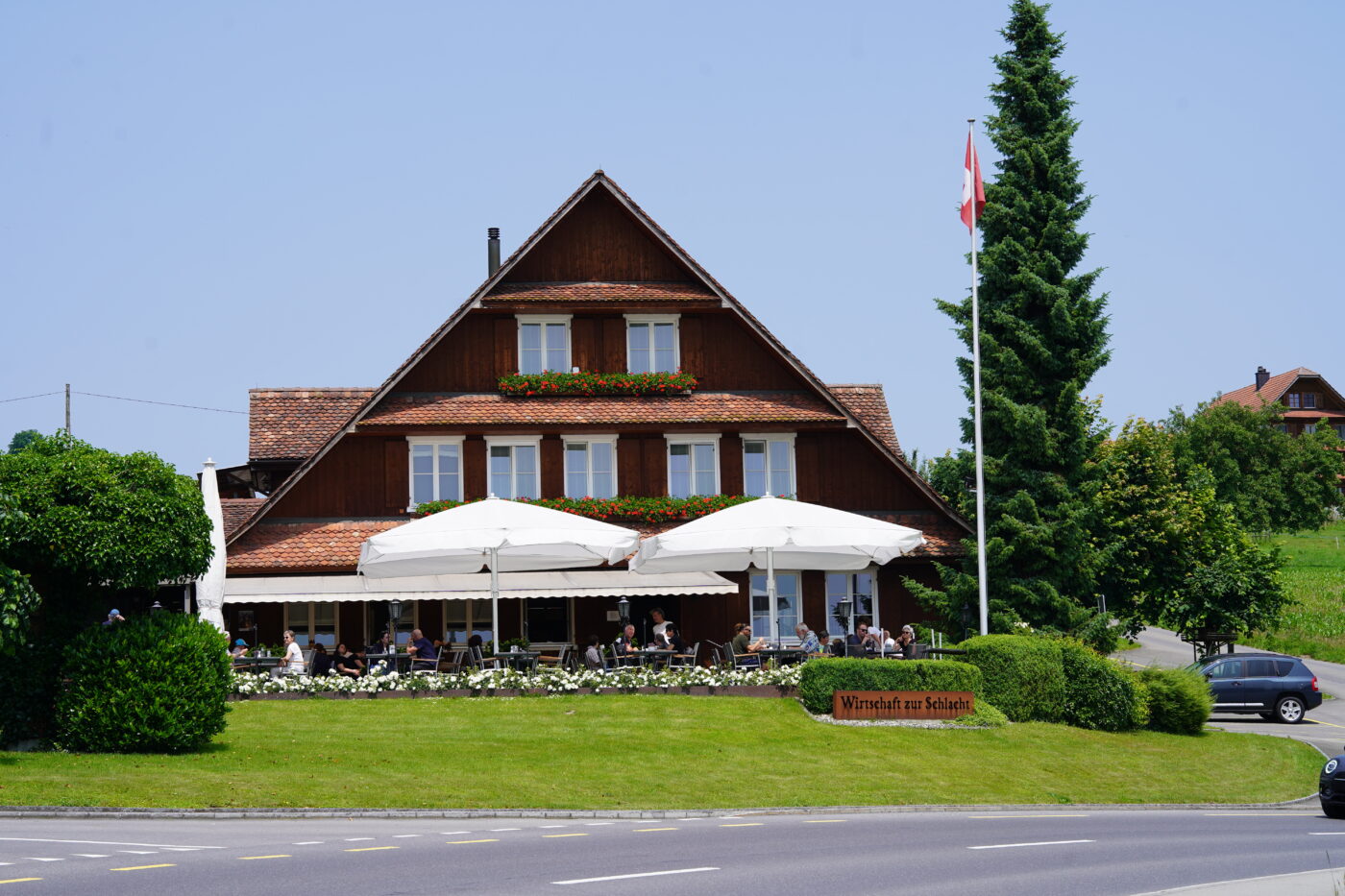



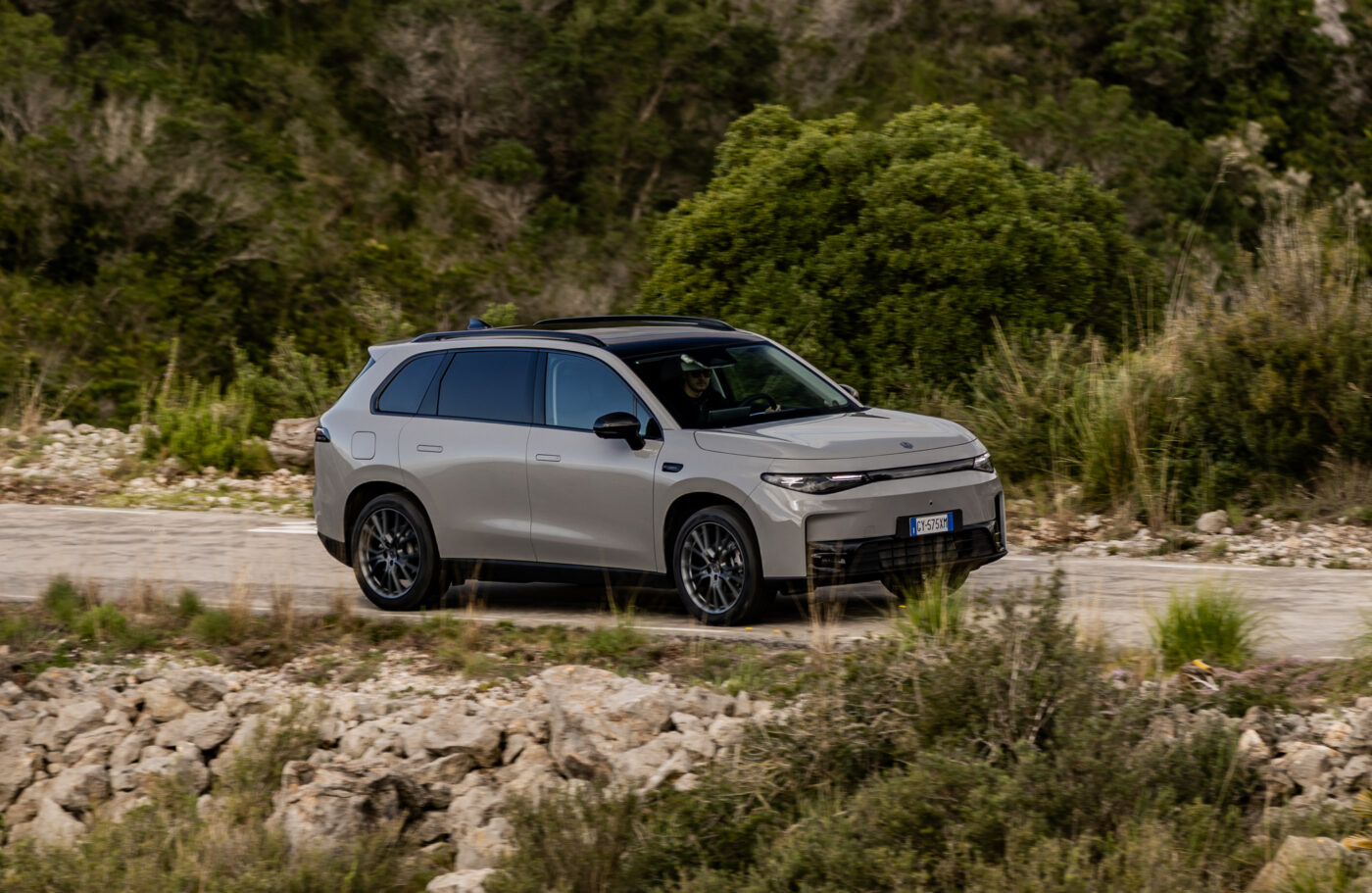
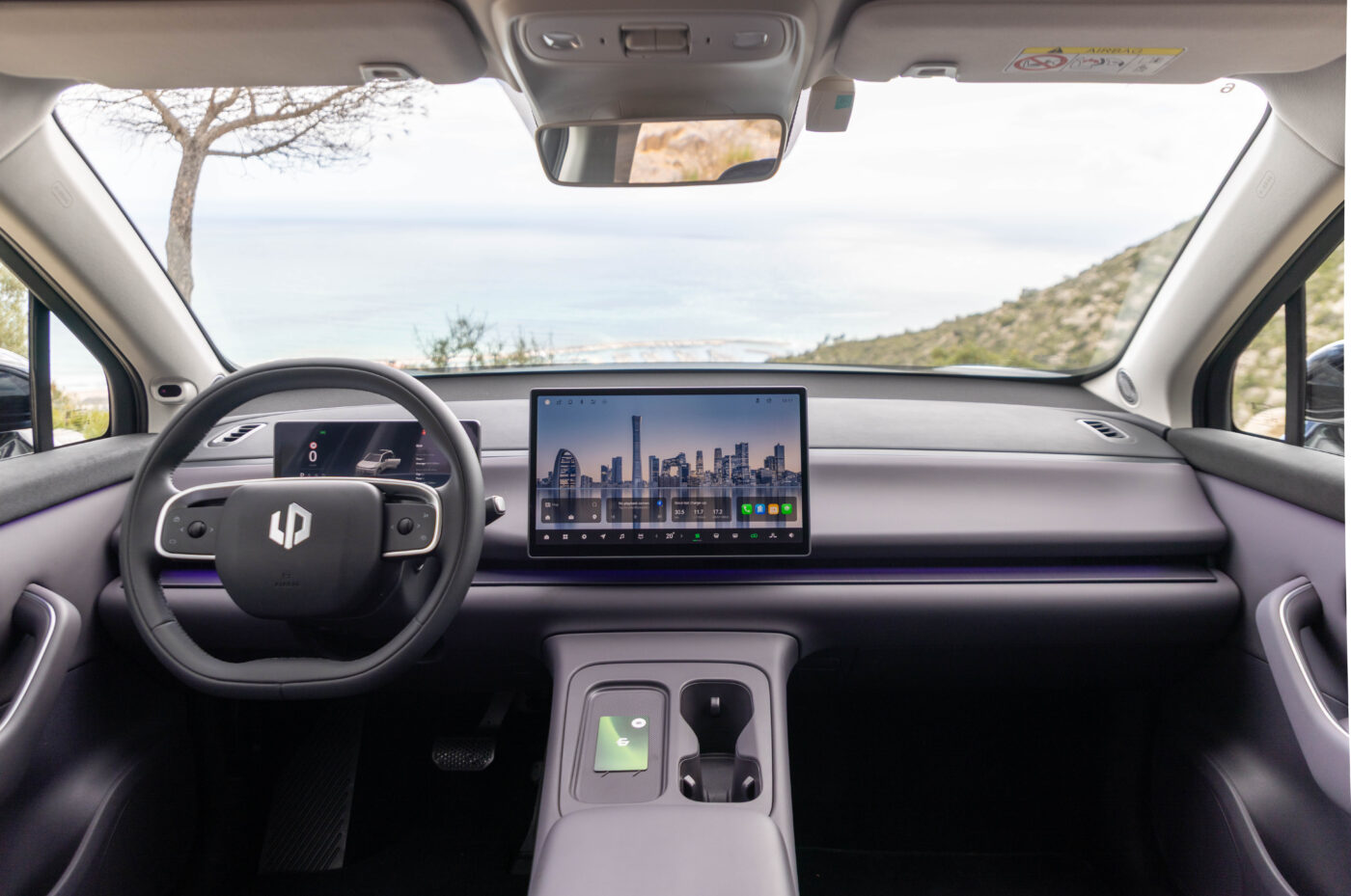 The battery charged at home officially lasts 145 kilometers, practically almost as far. The four-cylinder engine then generates enough power for another 800 kilometers. This works well in the test. Because the petrol engine is perfectly insulated and does not always run, a smooth e-feeling dominates. Test consumption: 5.6 liters plus 13.7 kWh/100 km. The chassis sometimes feels wooden in town, but comfort, cornering and steering are a good everyday mix. Inside, everything is neat and very well finished, the equipment is lavish.
The battery charged at home officially lasts 145 kilometers, practically almost as far. The four-cylinder engine then generates enough power for another 800 kilometers. This works well in the test. Because the petrol engine is perfectly insulated and does not always run, a smooth e-feeling dominates. Test consumption: 5.6 liters plus 13.7 kWh/100 km. The chassis sometimes feels wooden in town, but comfort, cornering and steering are a good everyday mix. Inside, everything is neat and very well finished, the equipment is lavish.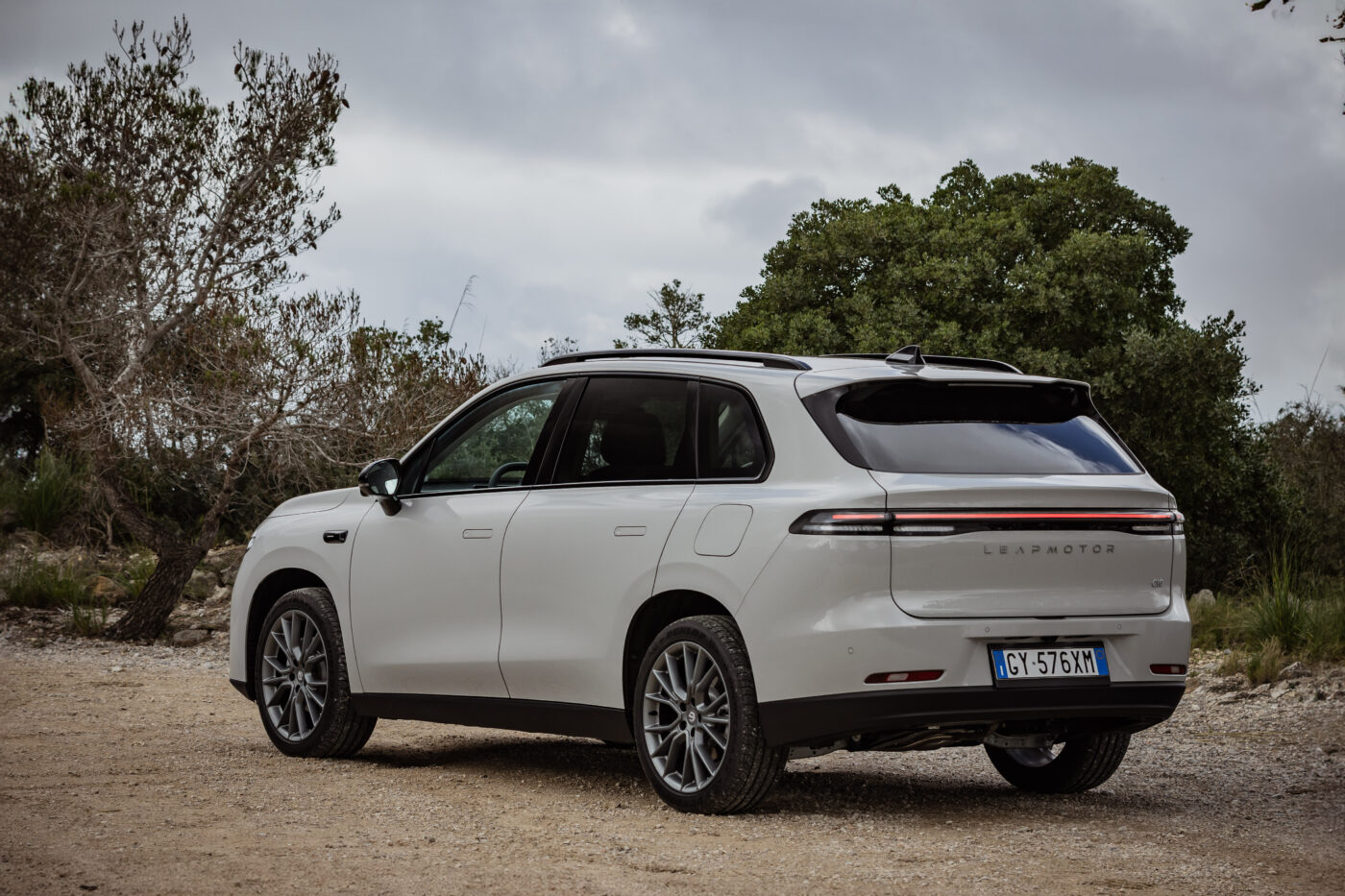 We get used to the almost purely digital operation. The only annoying thing is the overzealous assistance systems. They can be switched off but, thanks to the law, are switched on again after a restart. Then the lane departure warning intervenes far too aggressively, even warning the car of bends or tunnels, and the navigation system gets confused and says "drive through the first exit". Tesla-style fine-tuning is to follow via over-the-air updates. Bad? Forgivable in view of the bargain price: The basic C10 costs 35,900, the REEV also from 35,900, and the top version 37,900 francs. With a five-year warranty. That should go down well.
We get used to the almost purely digital operation. The only annoying thing is the overzealous assistance systems. They can be switched off but, thanks to the law, are switched on again after a restart. Then the lane departure warning intervenes far too aggressively, even warning the car of bends or tunnels, and the navigation system gets confused and says "drive through the first exit". Tesla-style fine-tuning is to follow via over-the-air updates. Bad? Forgivable in view of the bargain price: The basic C10 costs 35,900, the REEV also from 35,900, and the top version 37,900 francs. With a five-year warranty. That should go down well.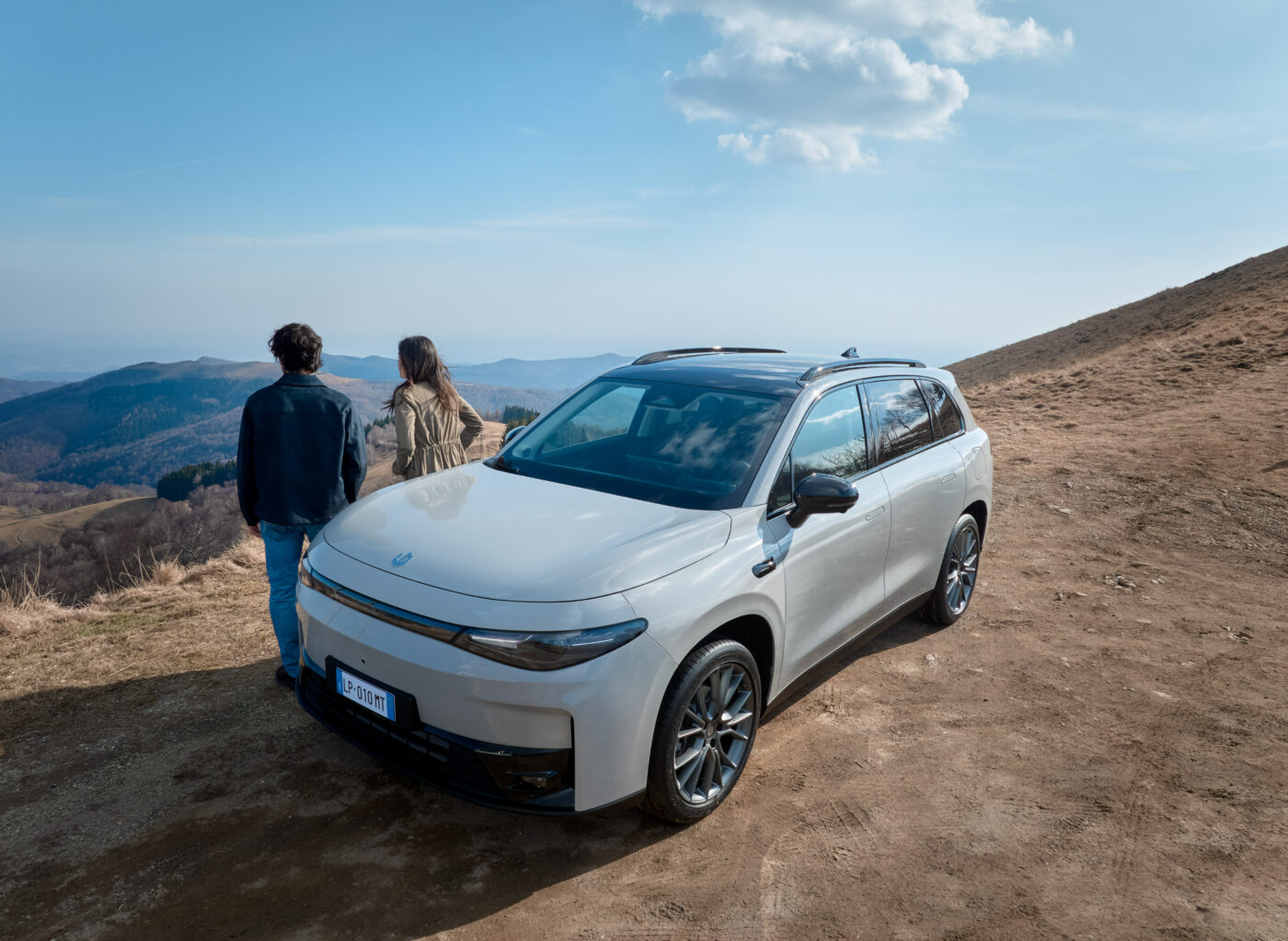 Expert opinion on the Leapmotor C10 REEV
Expert opinion on the Leapmotor C10 REEV